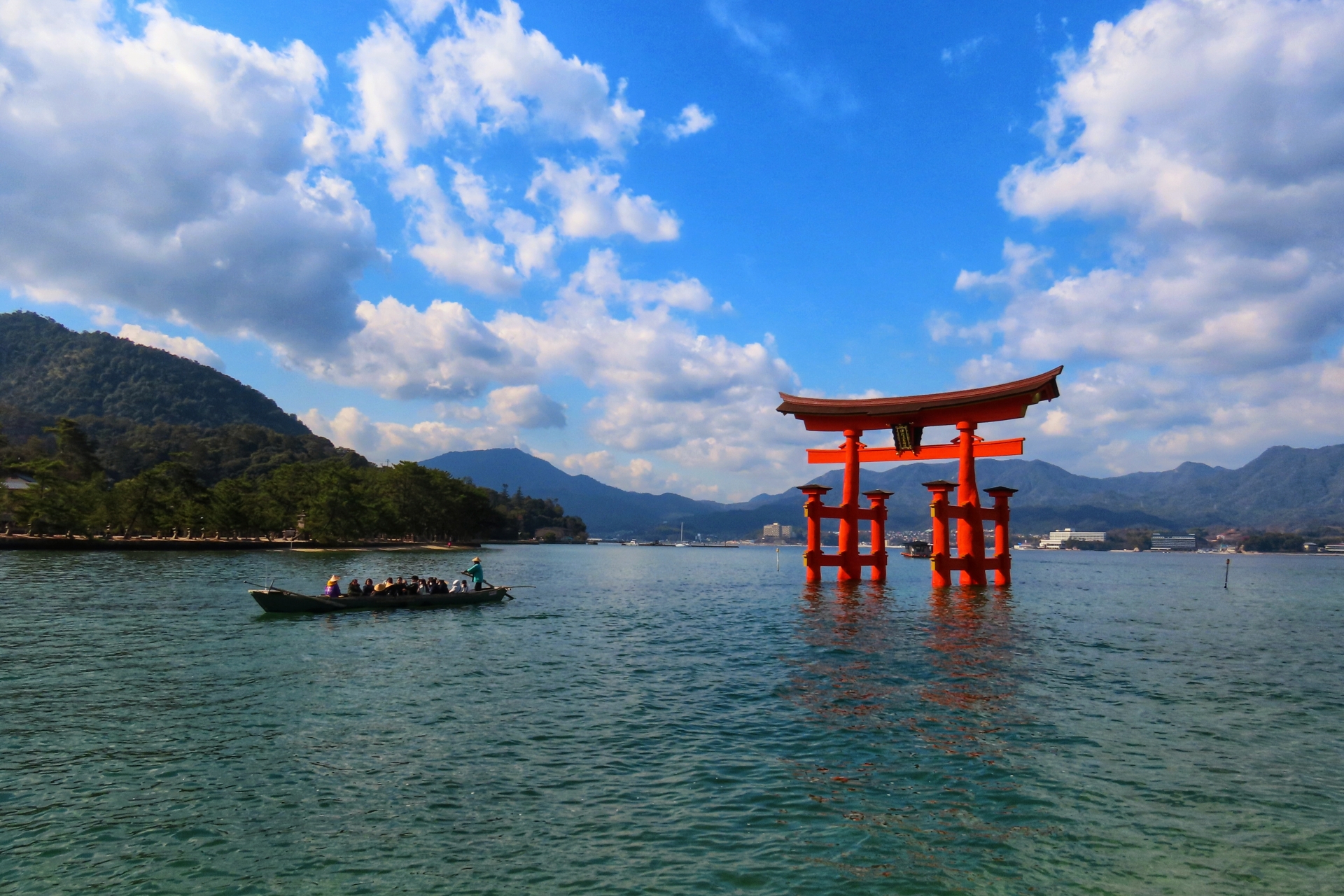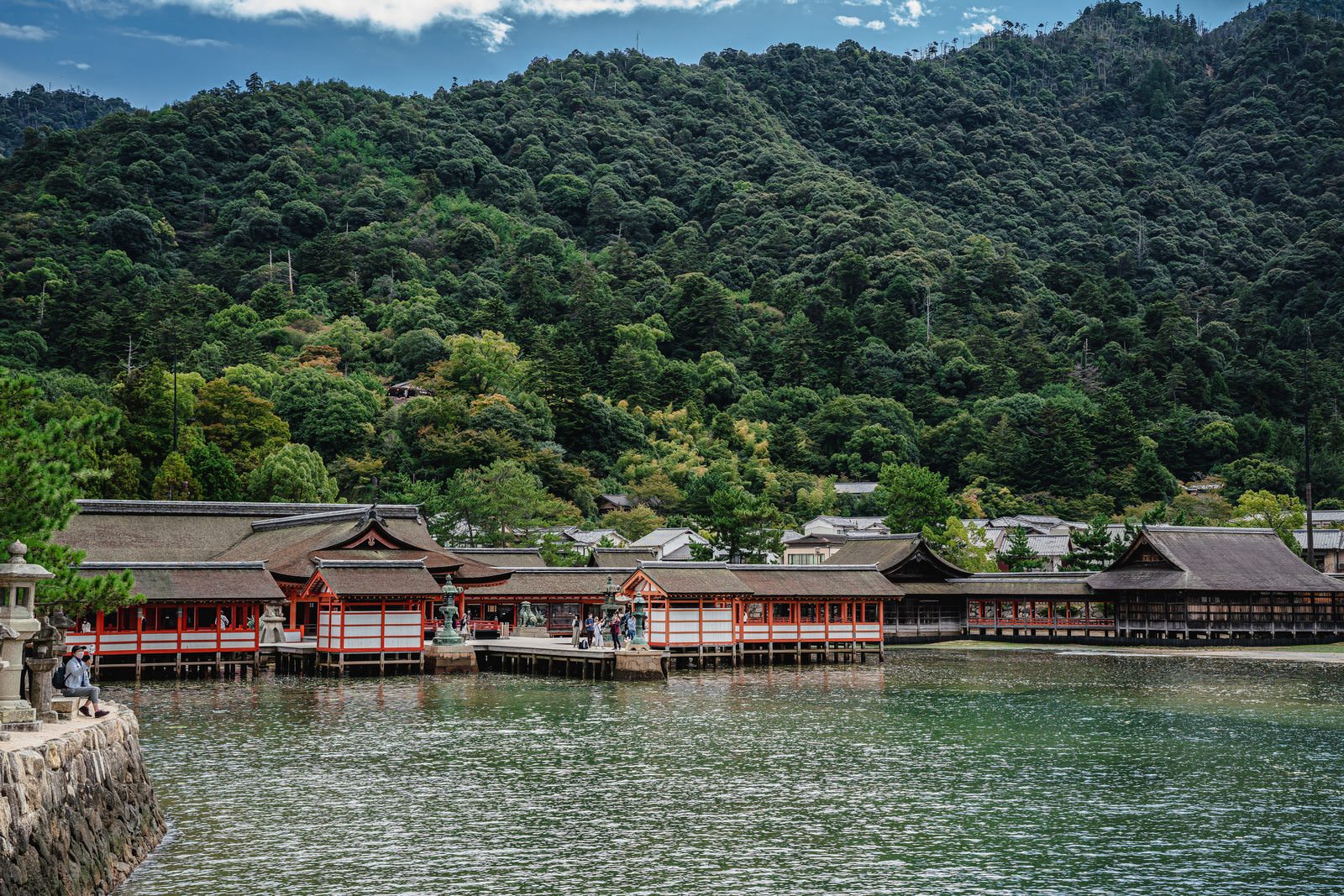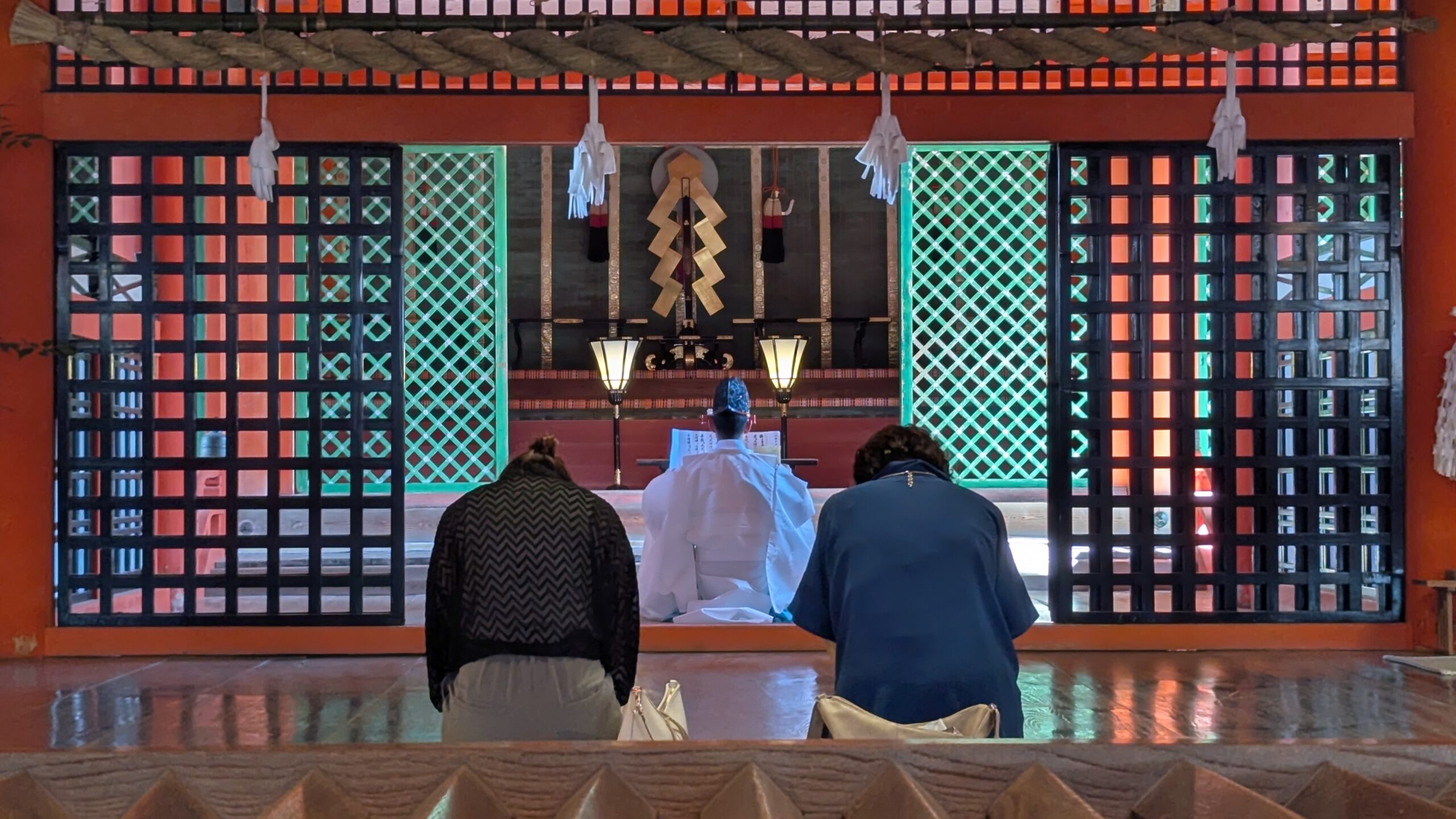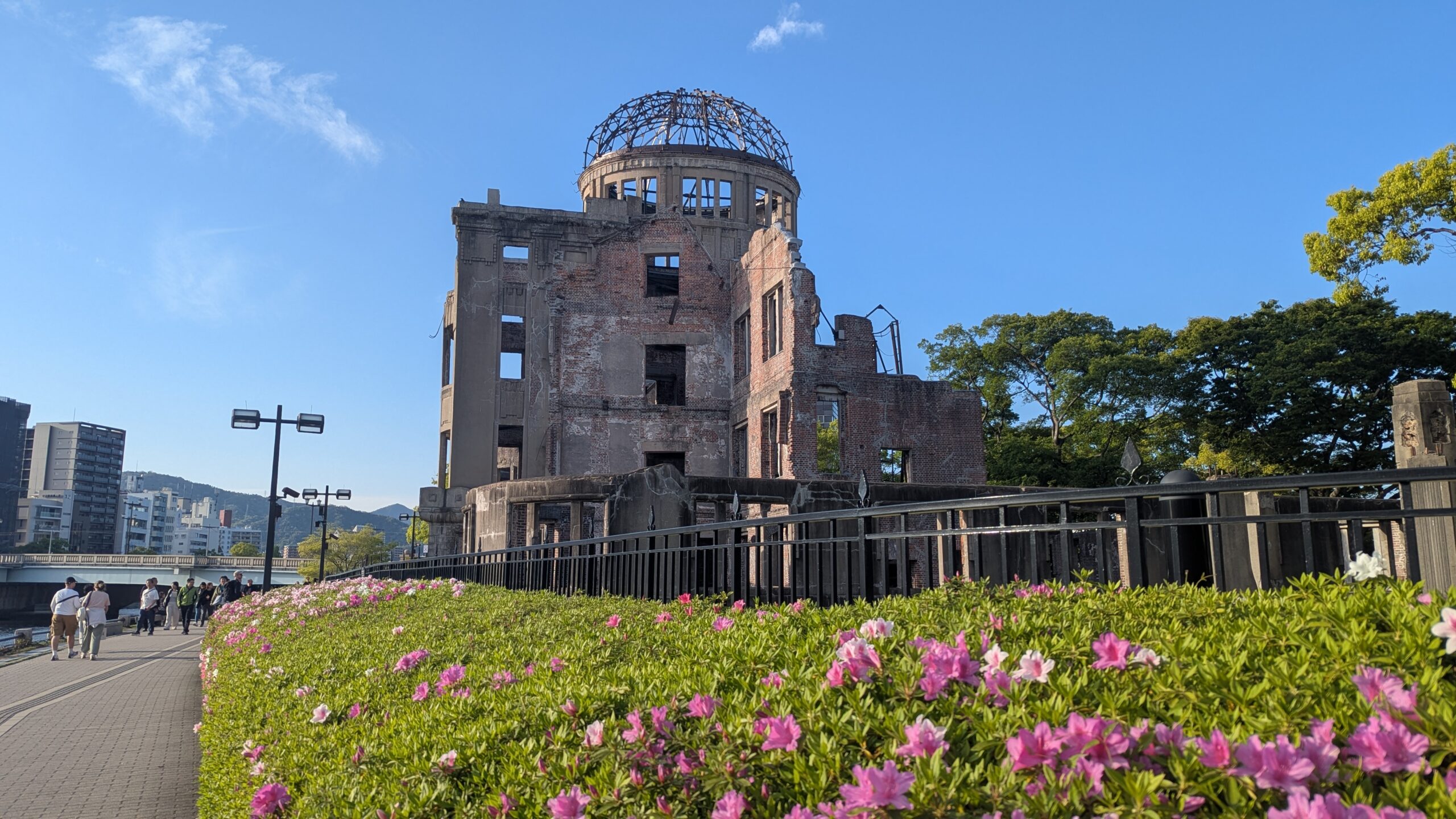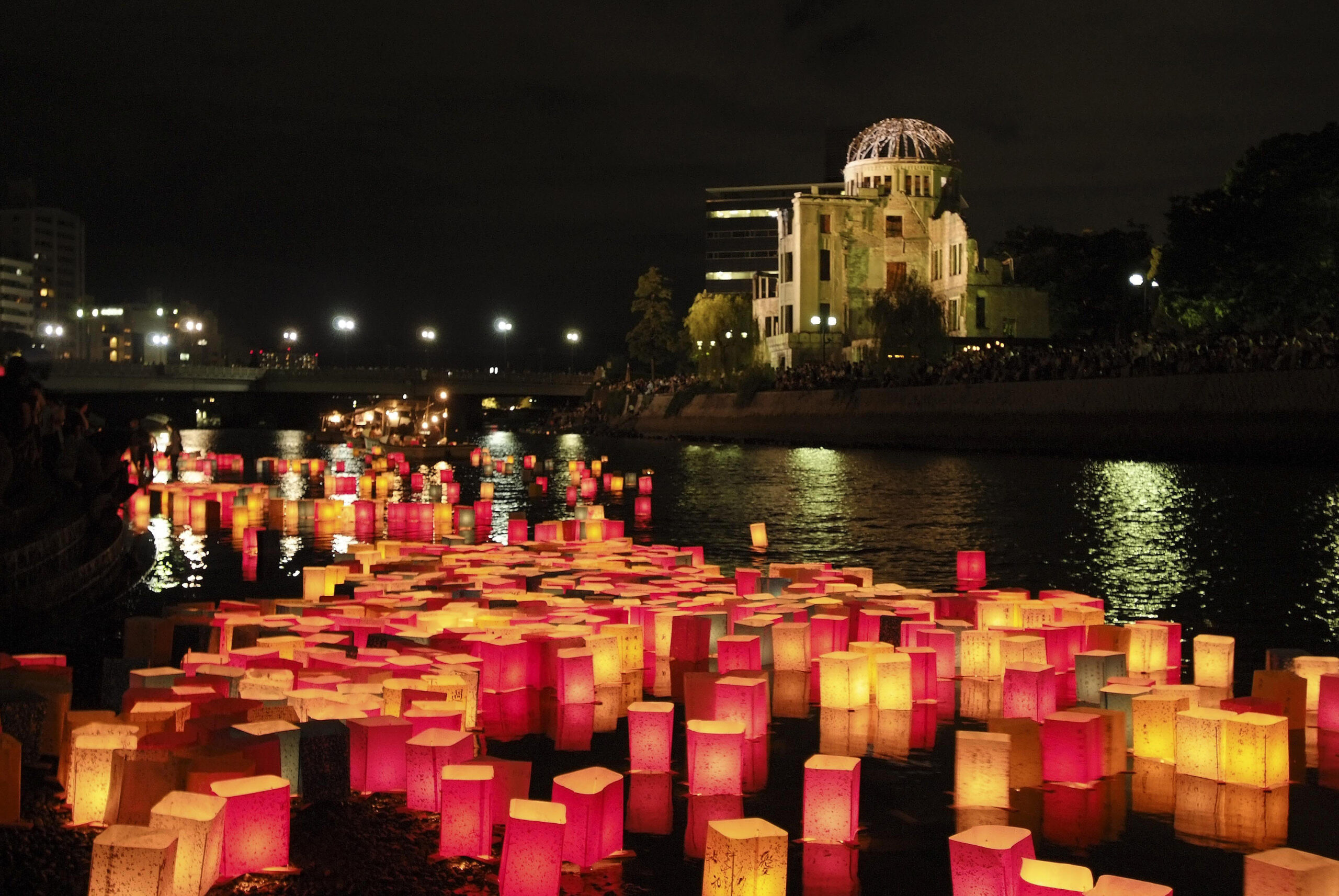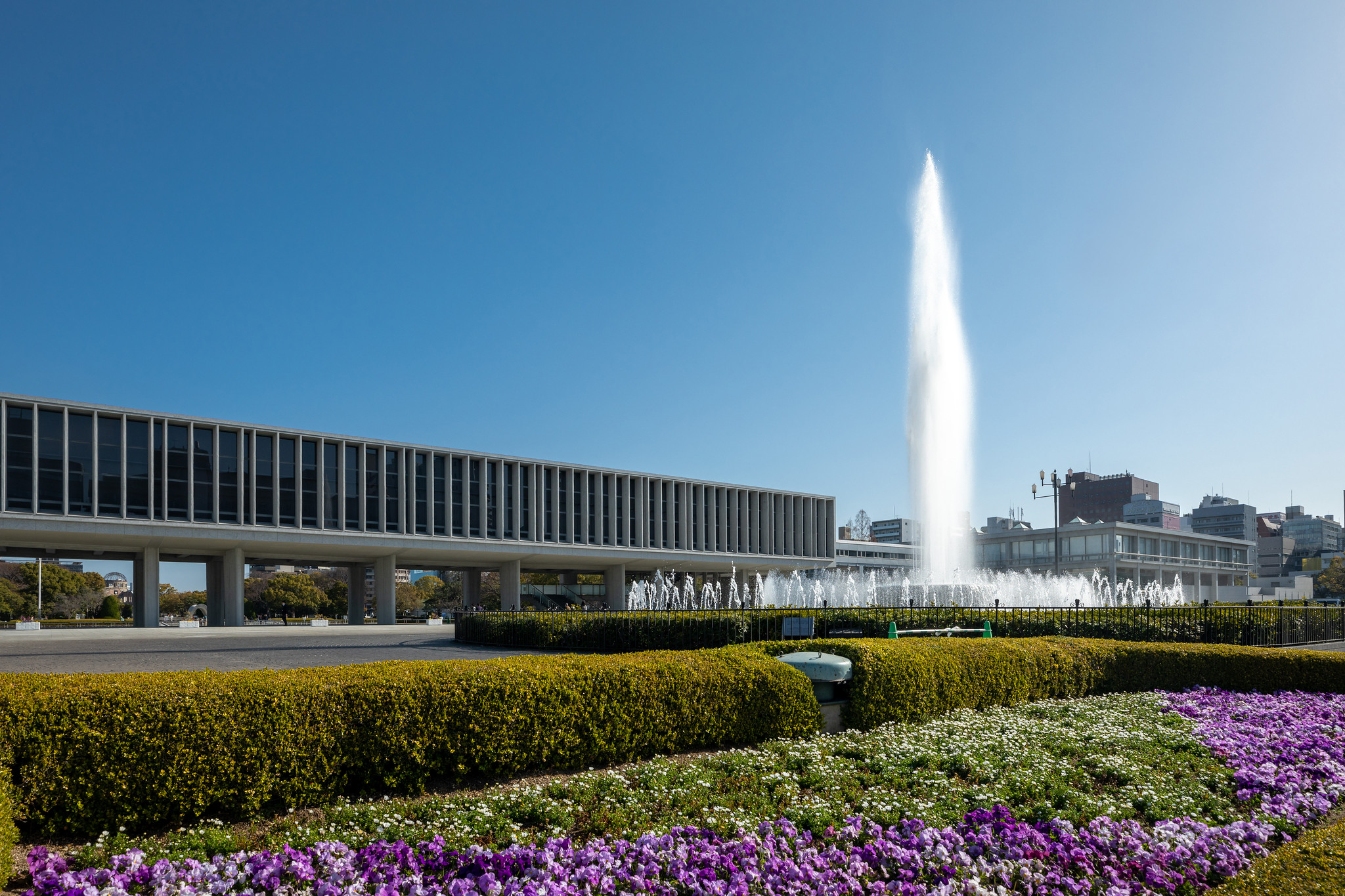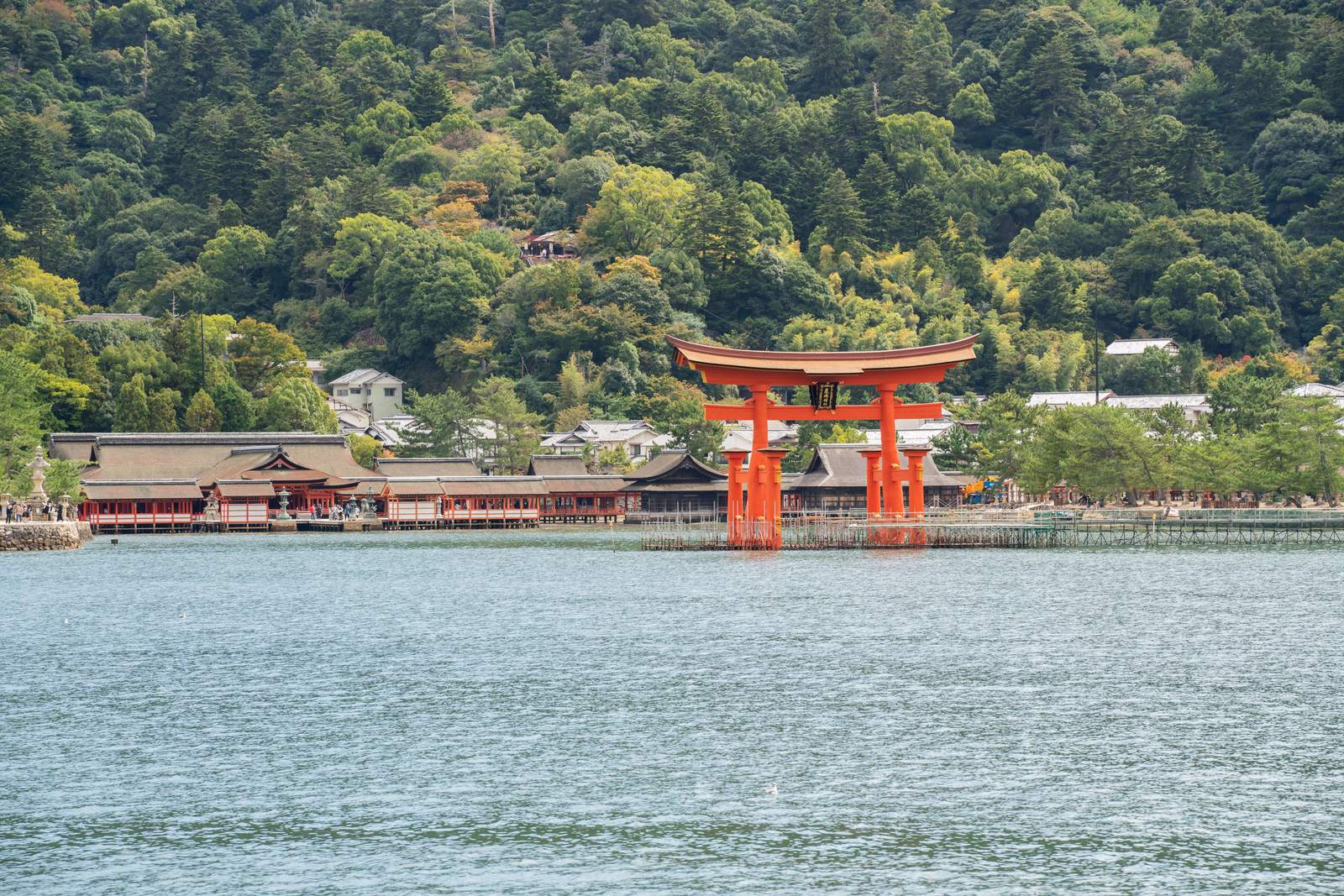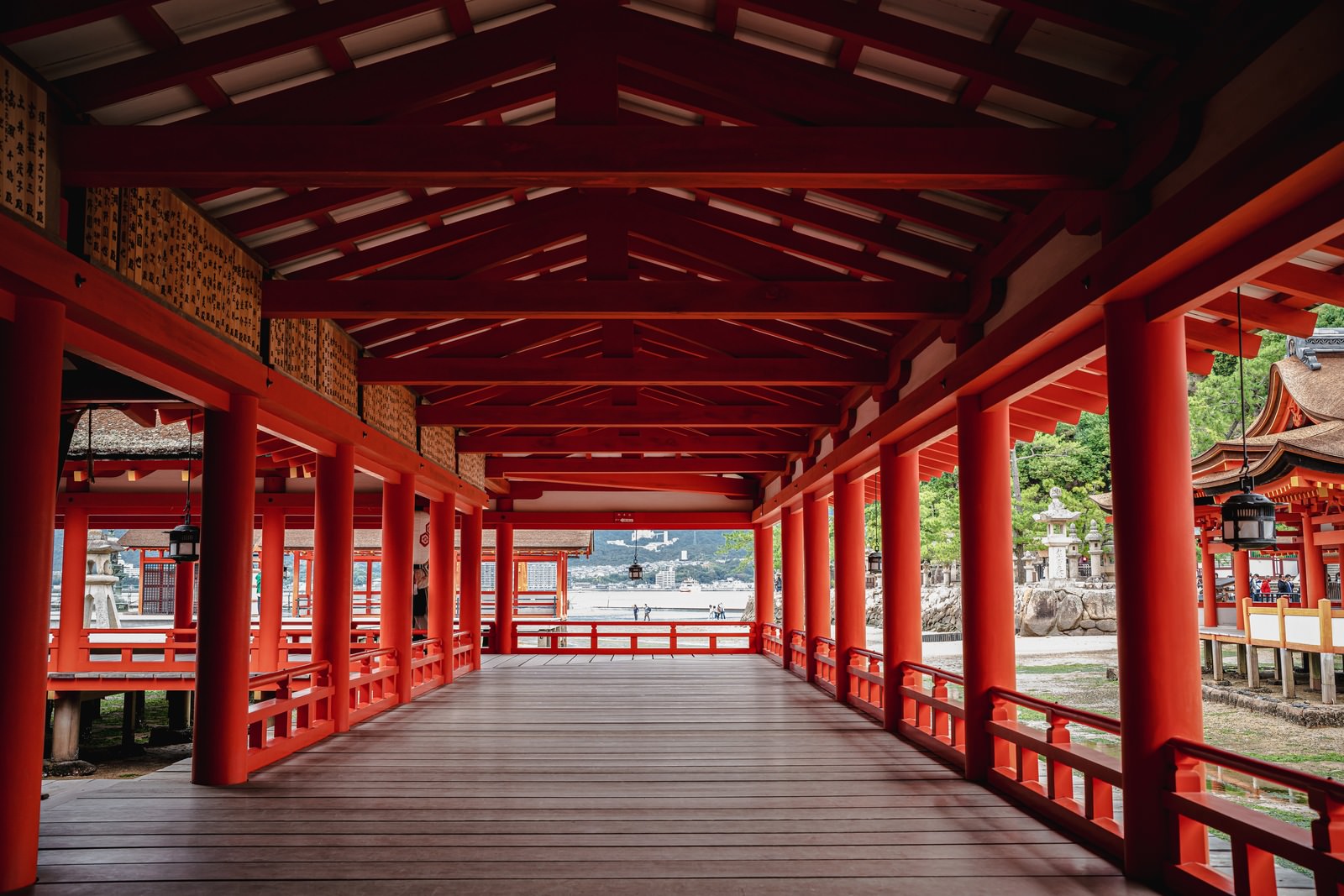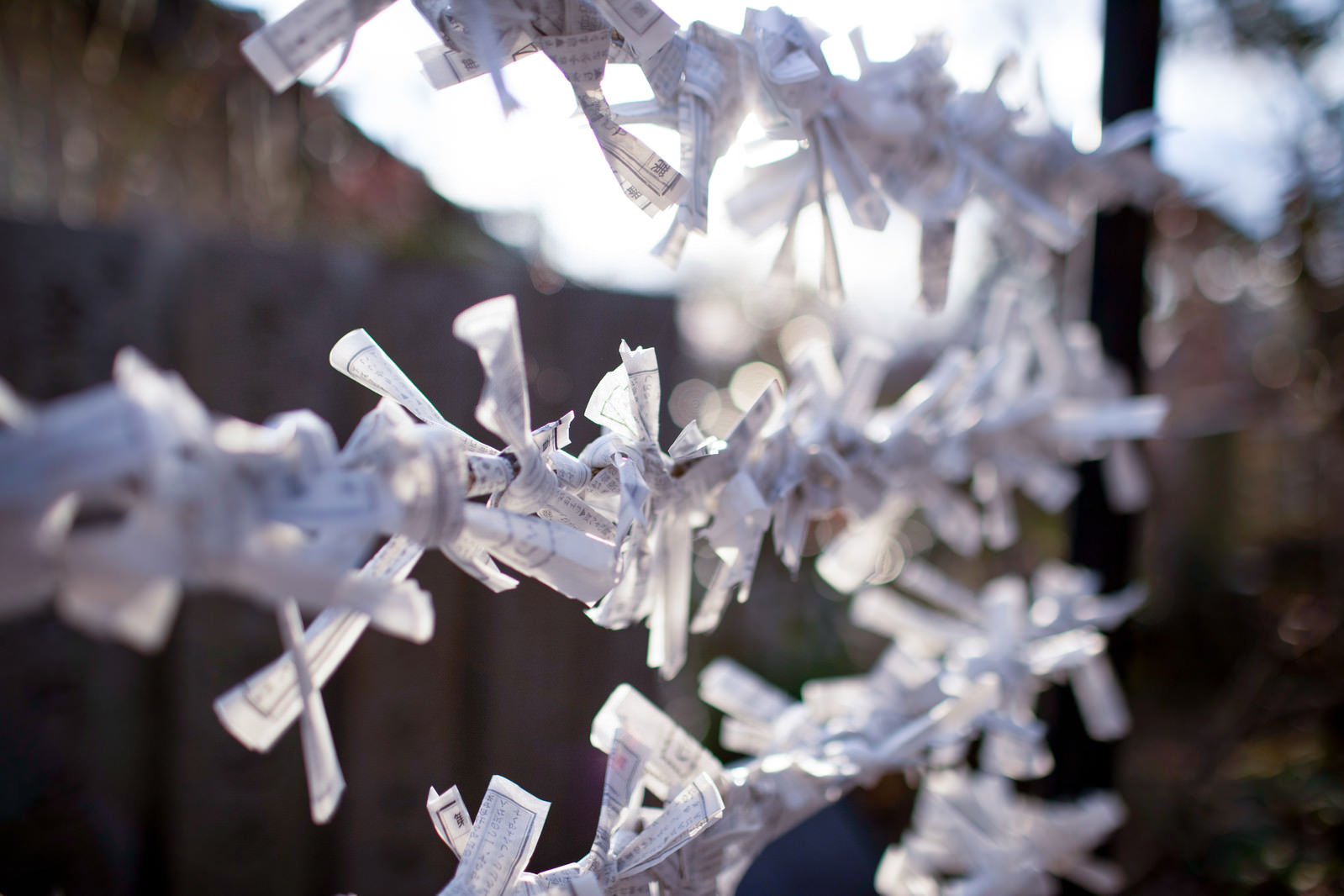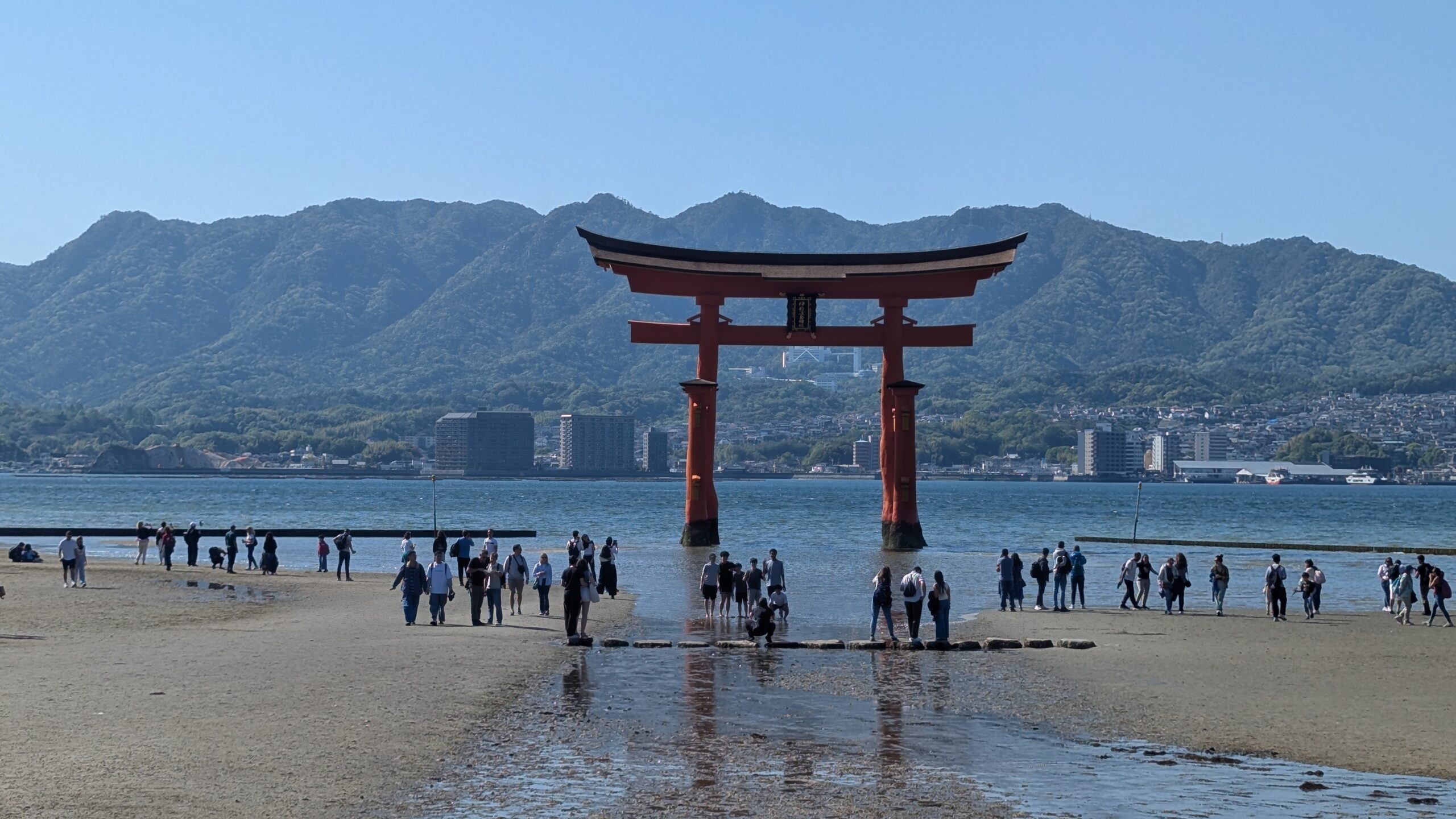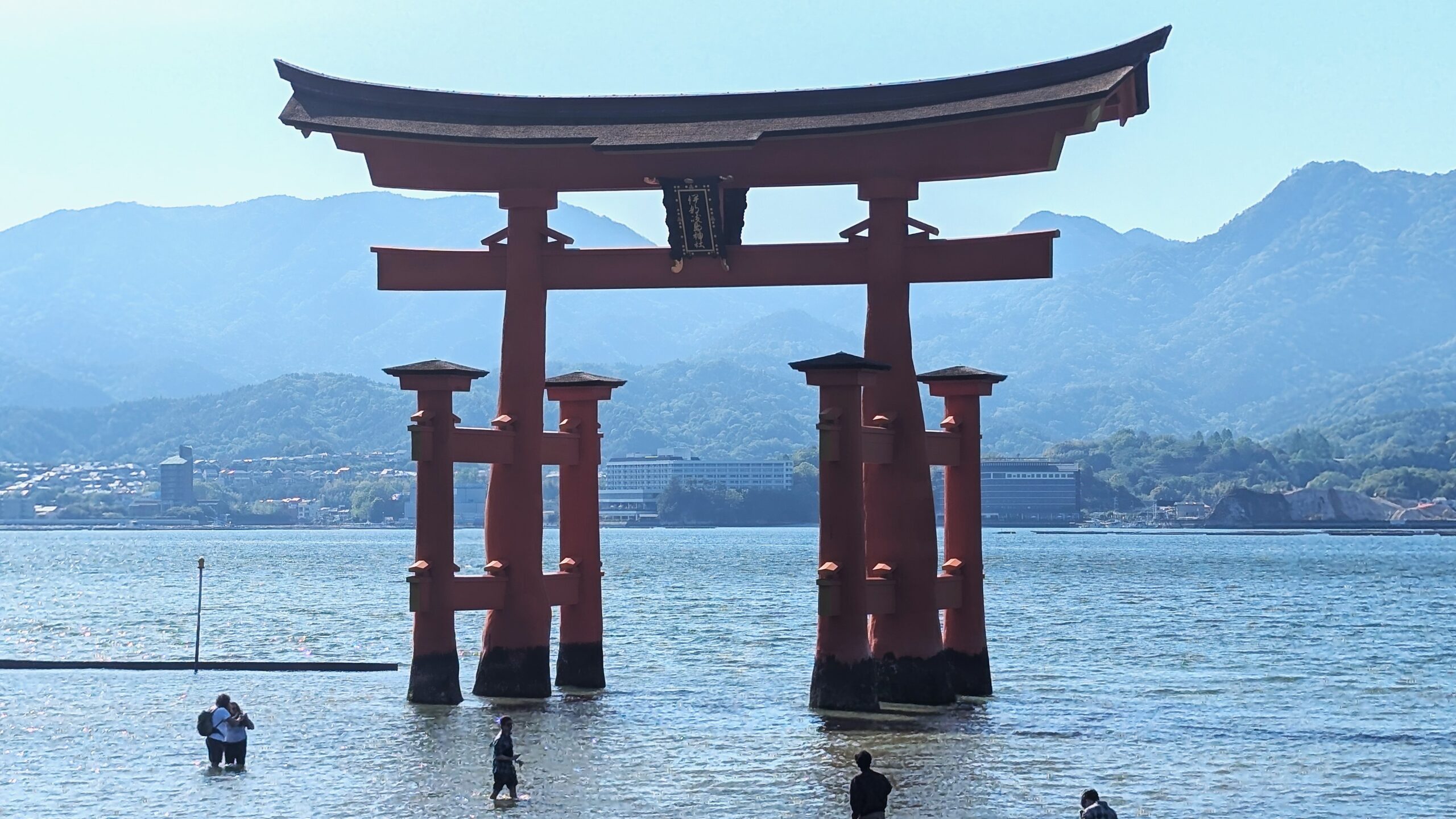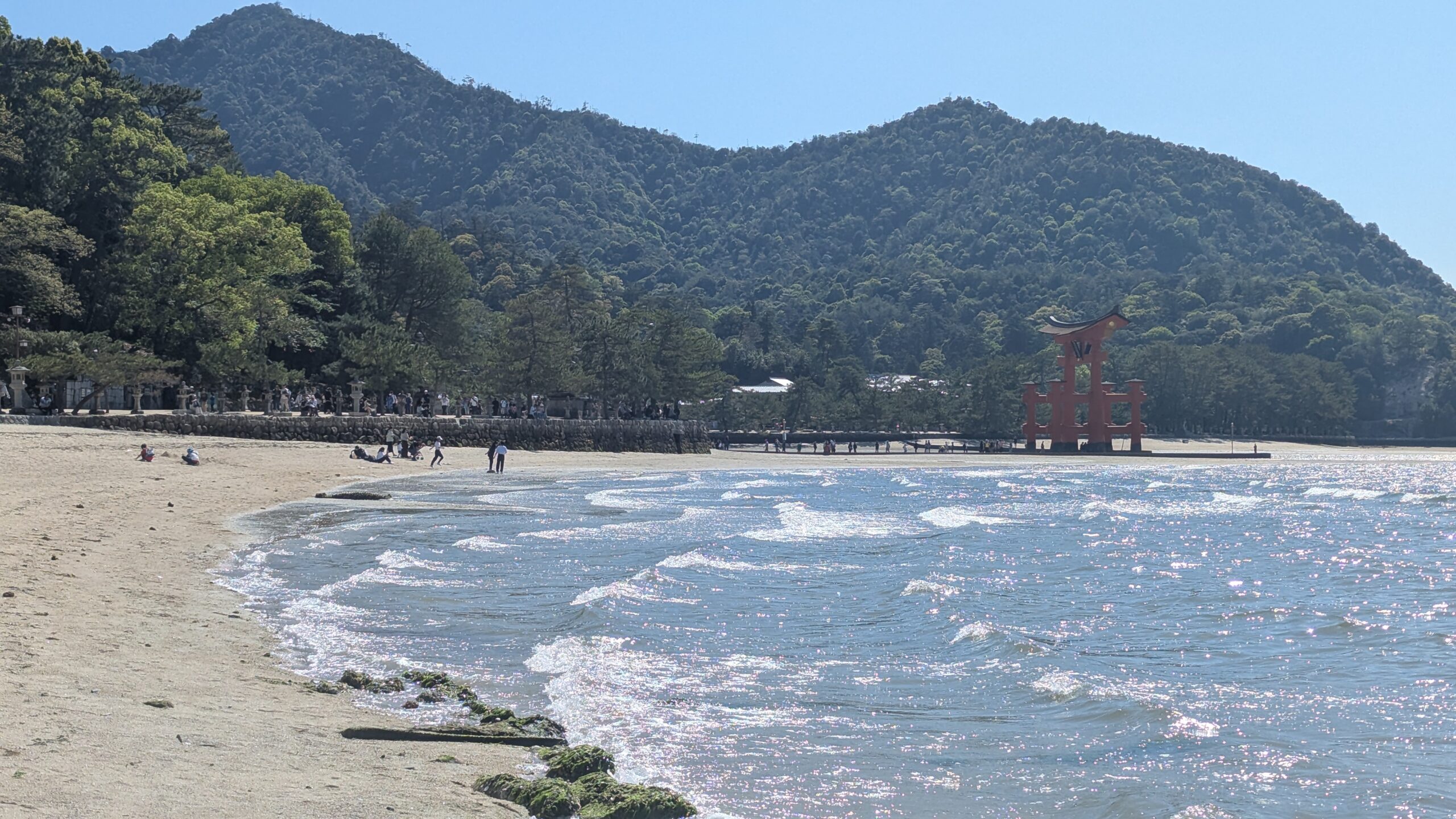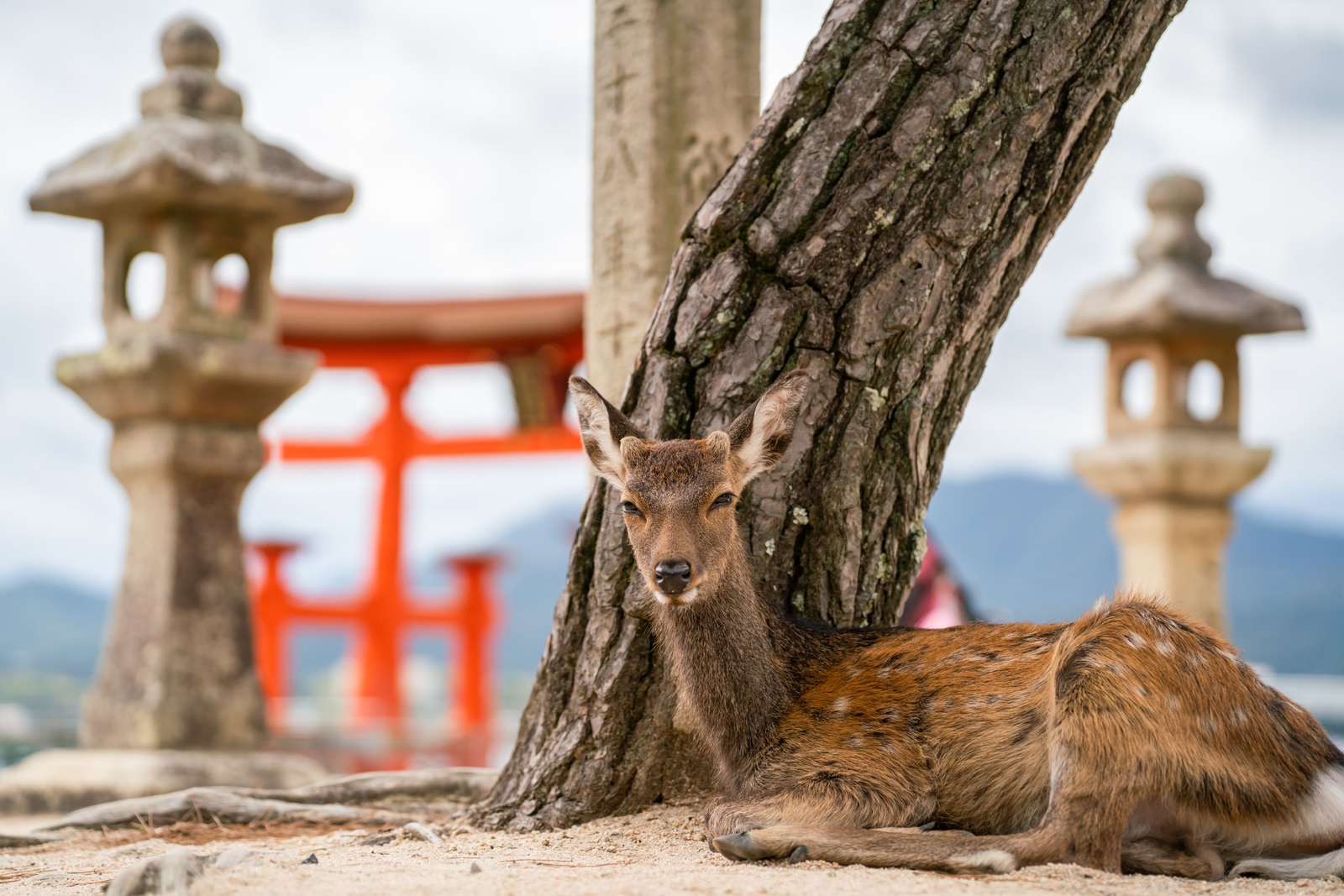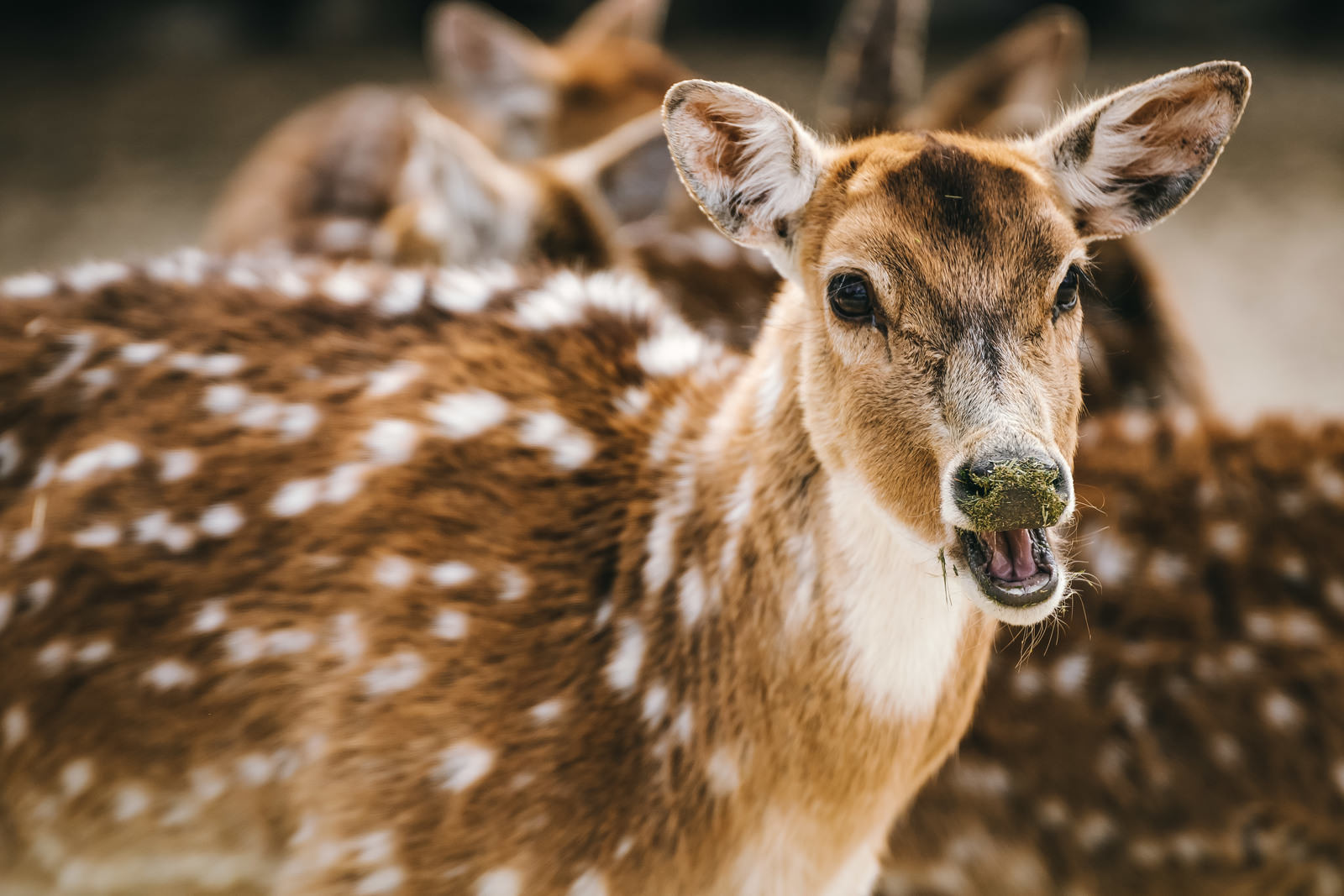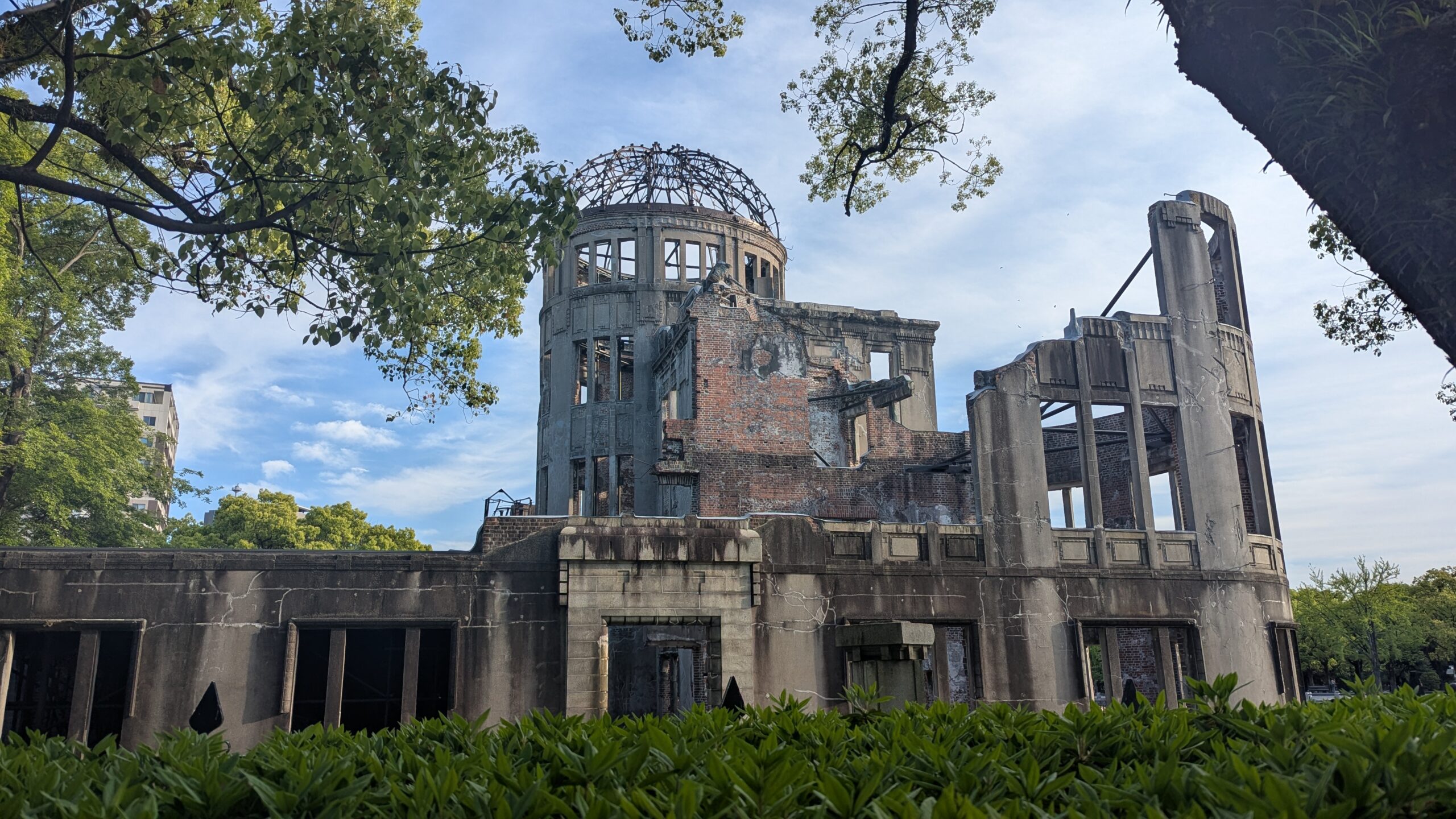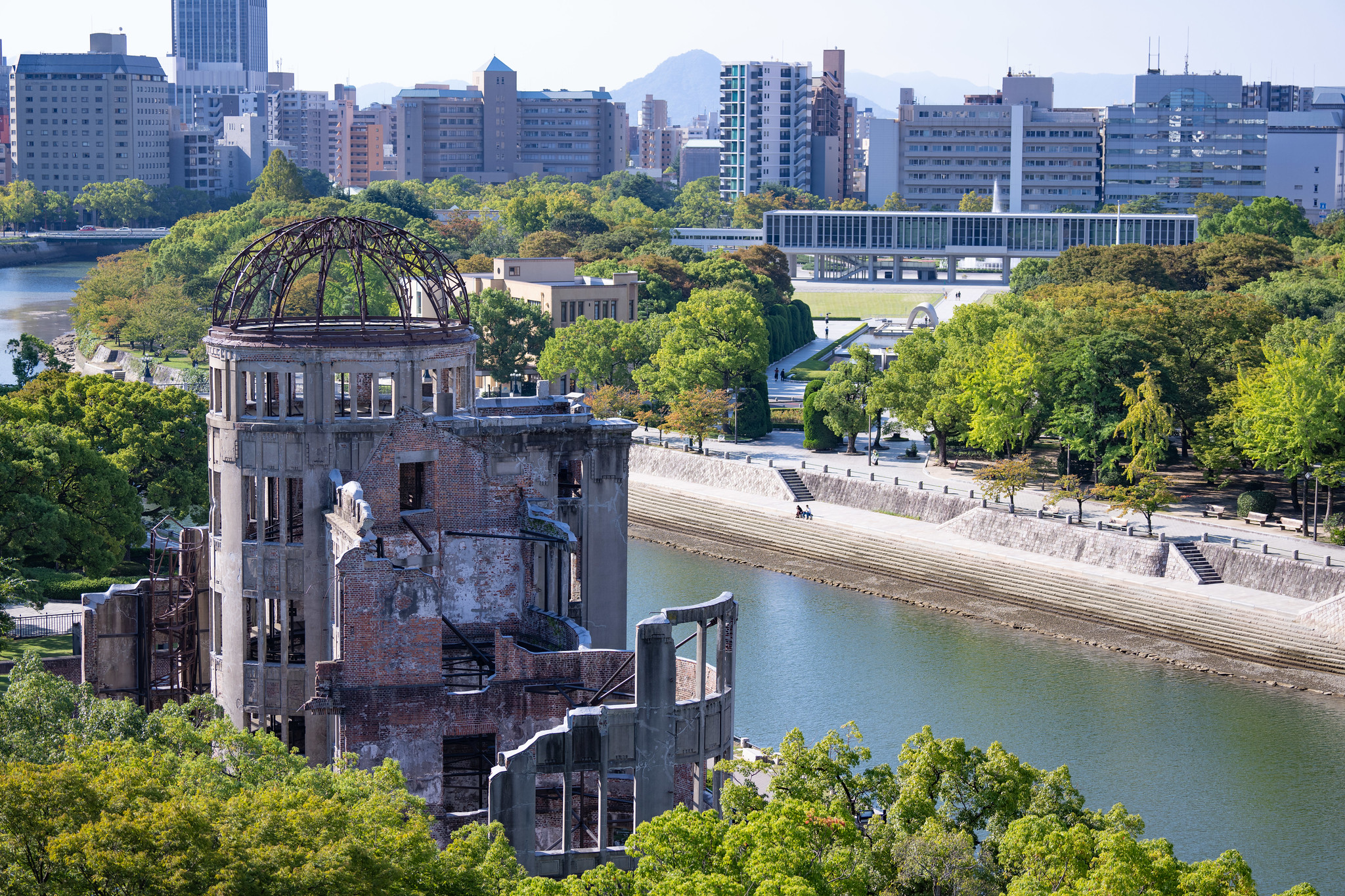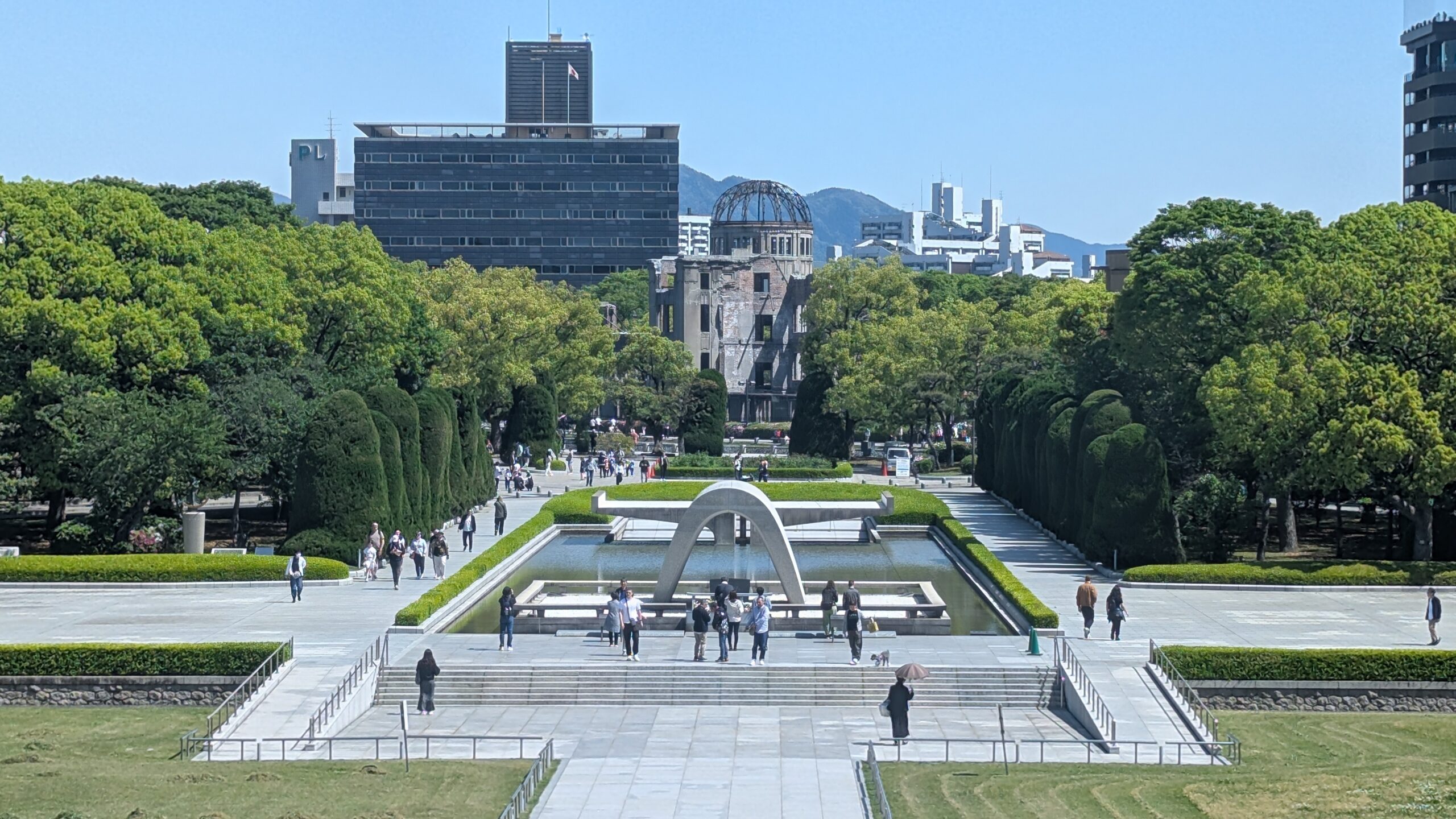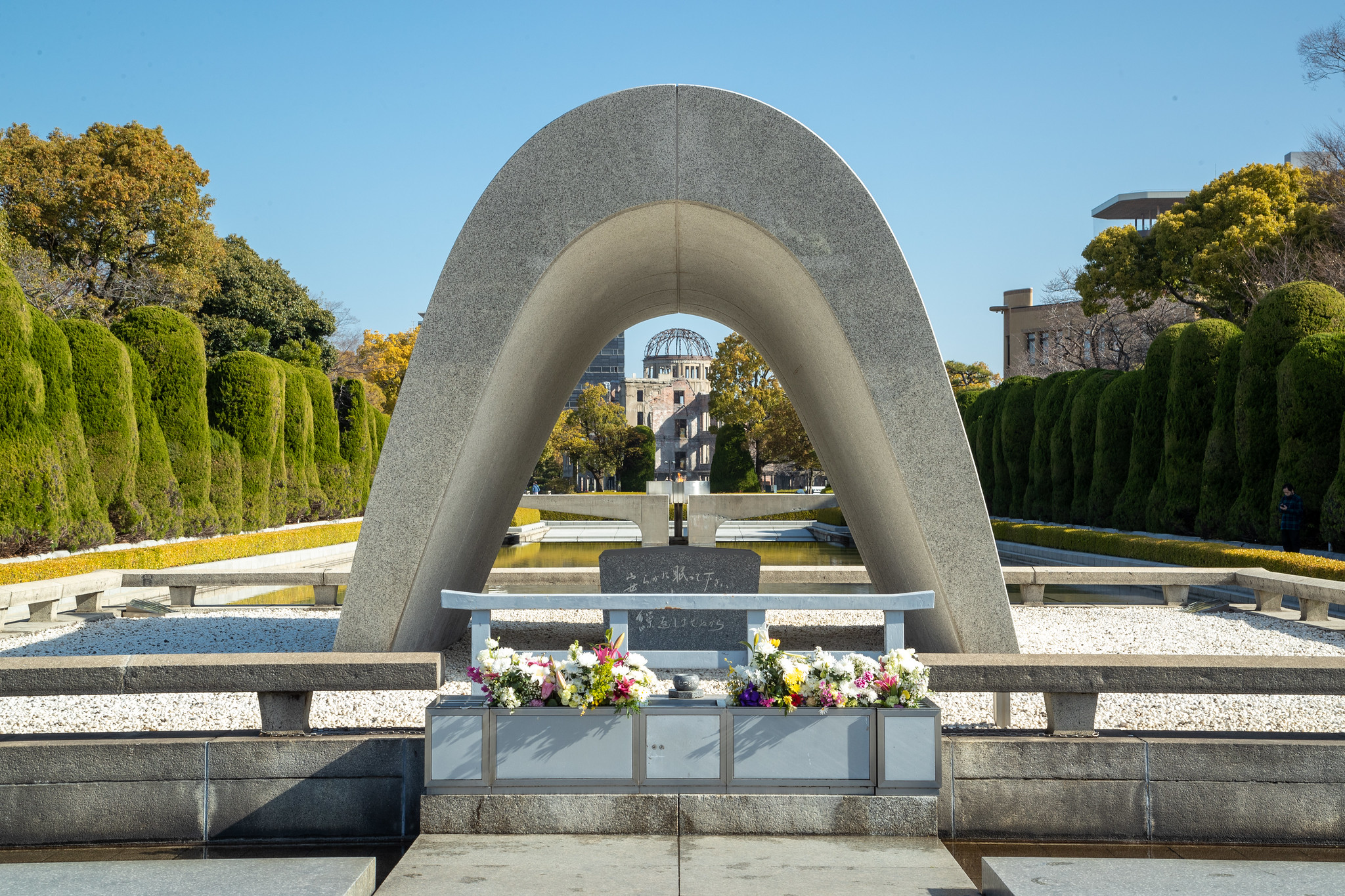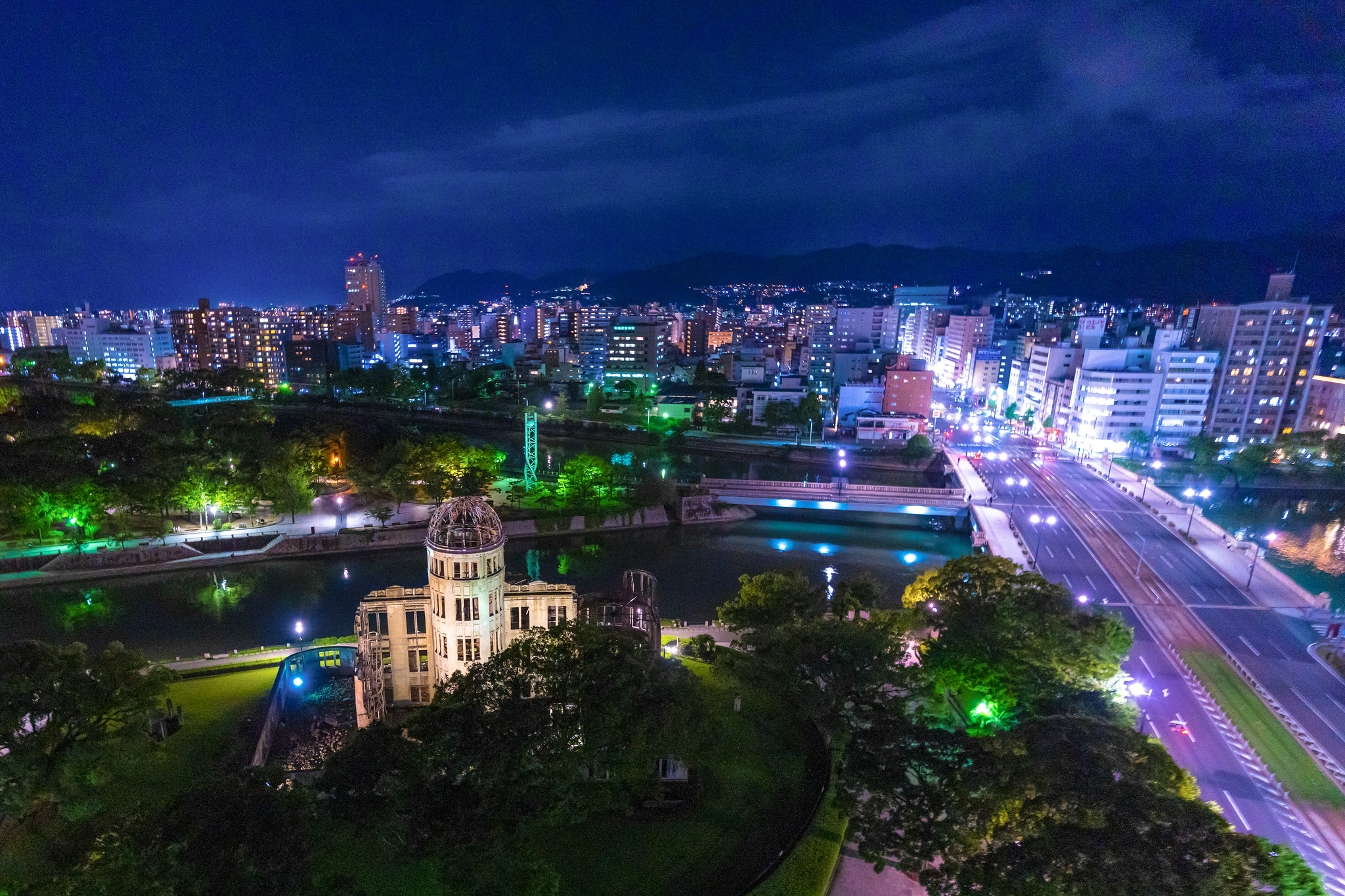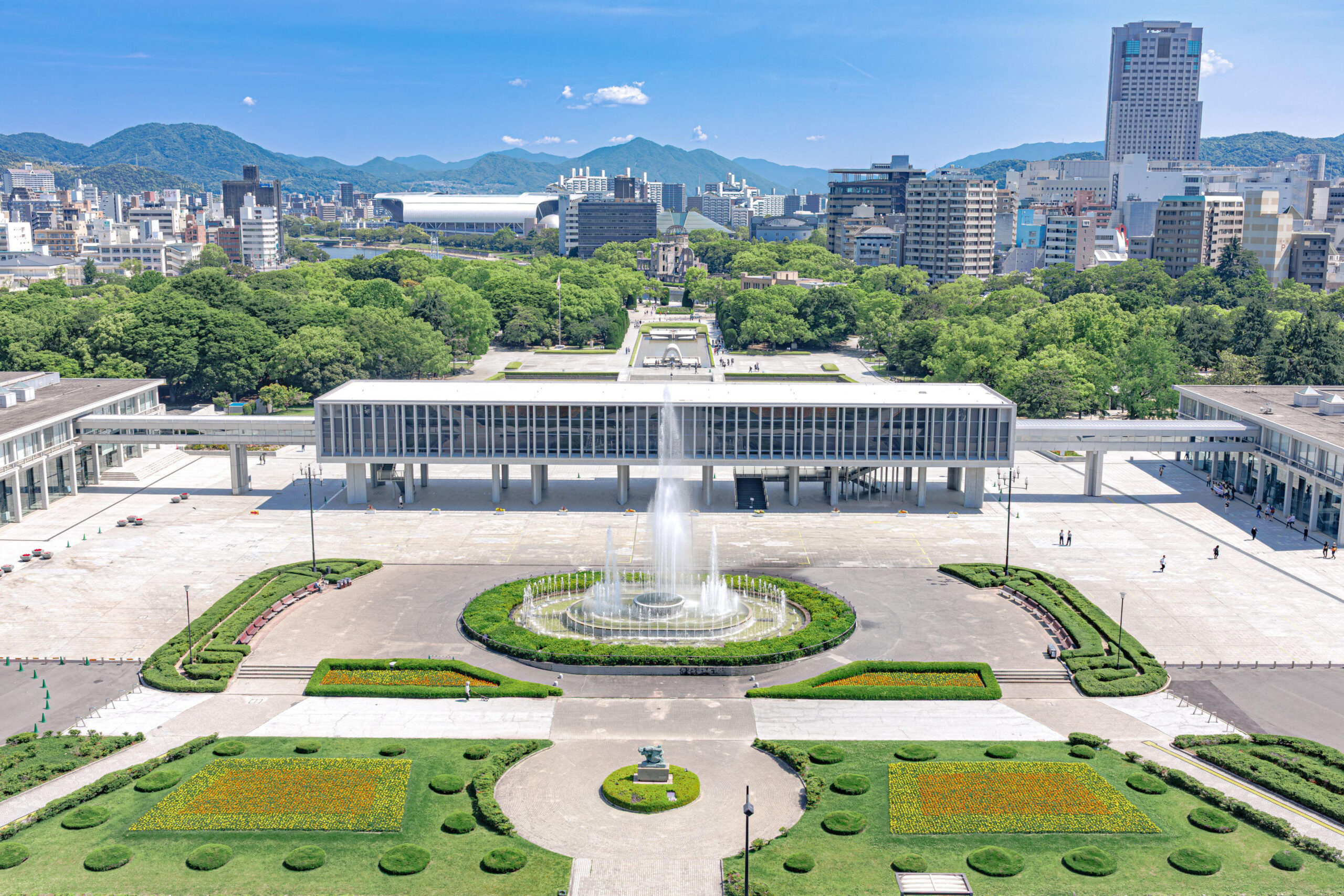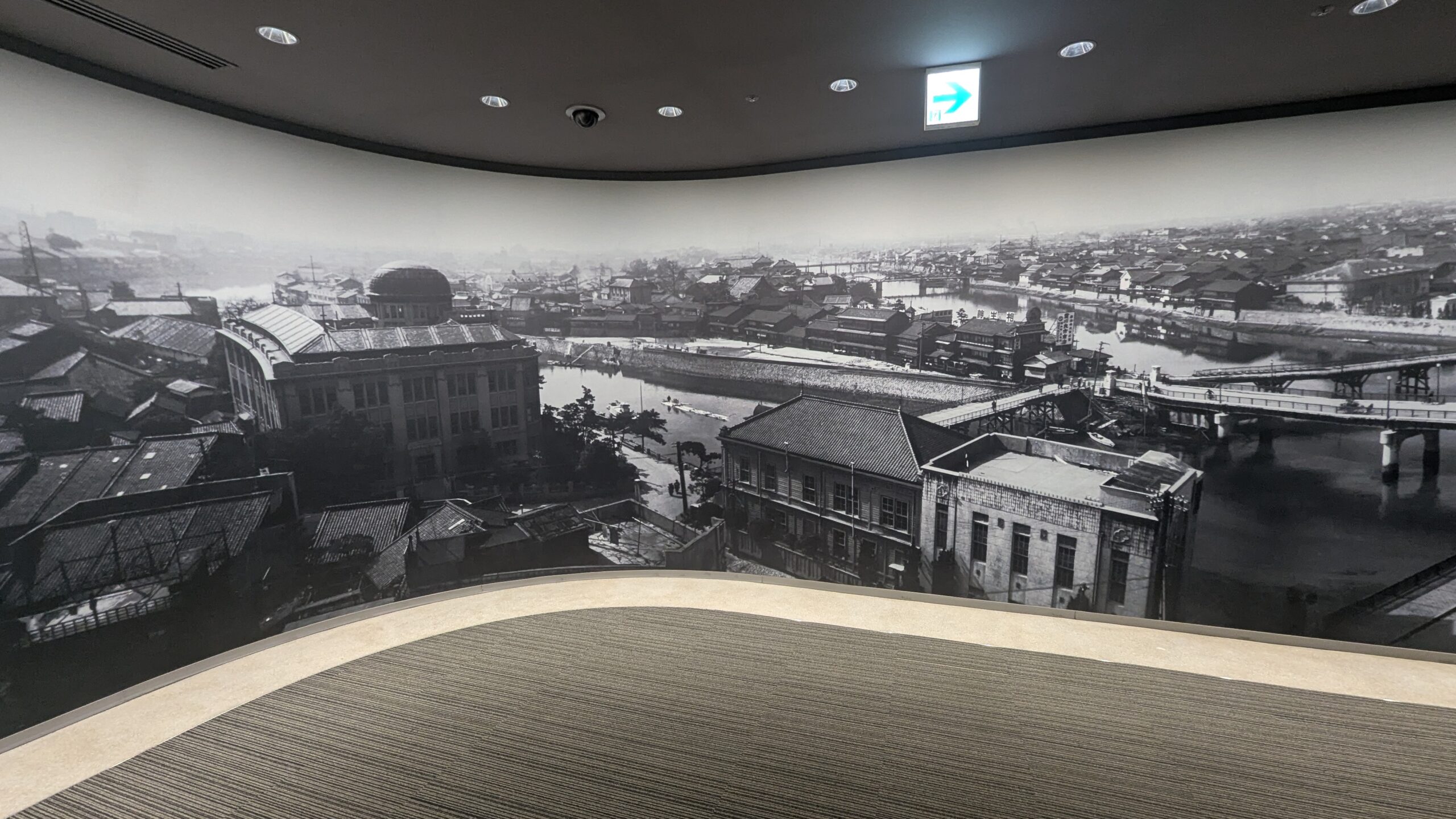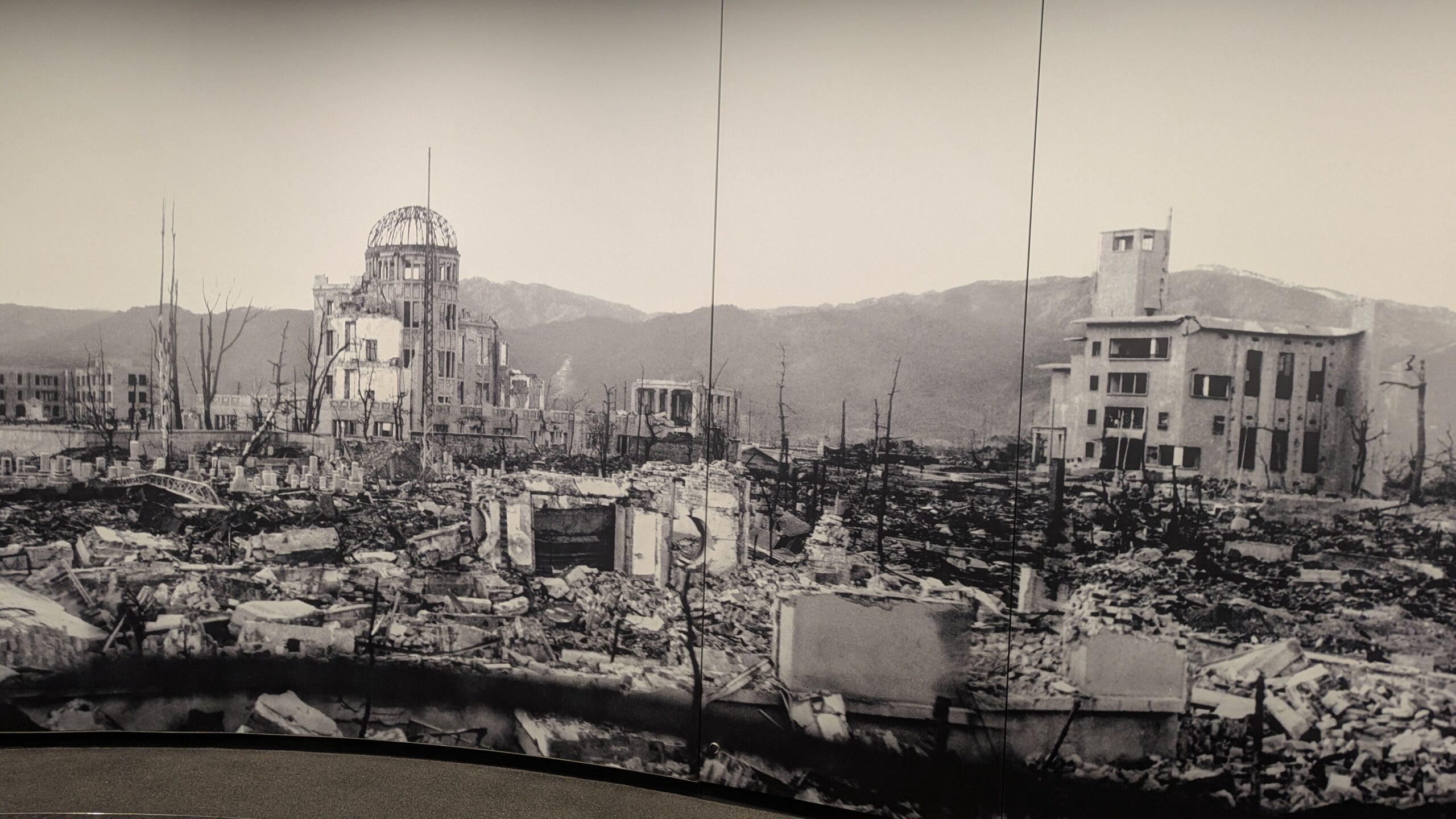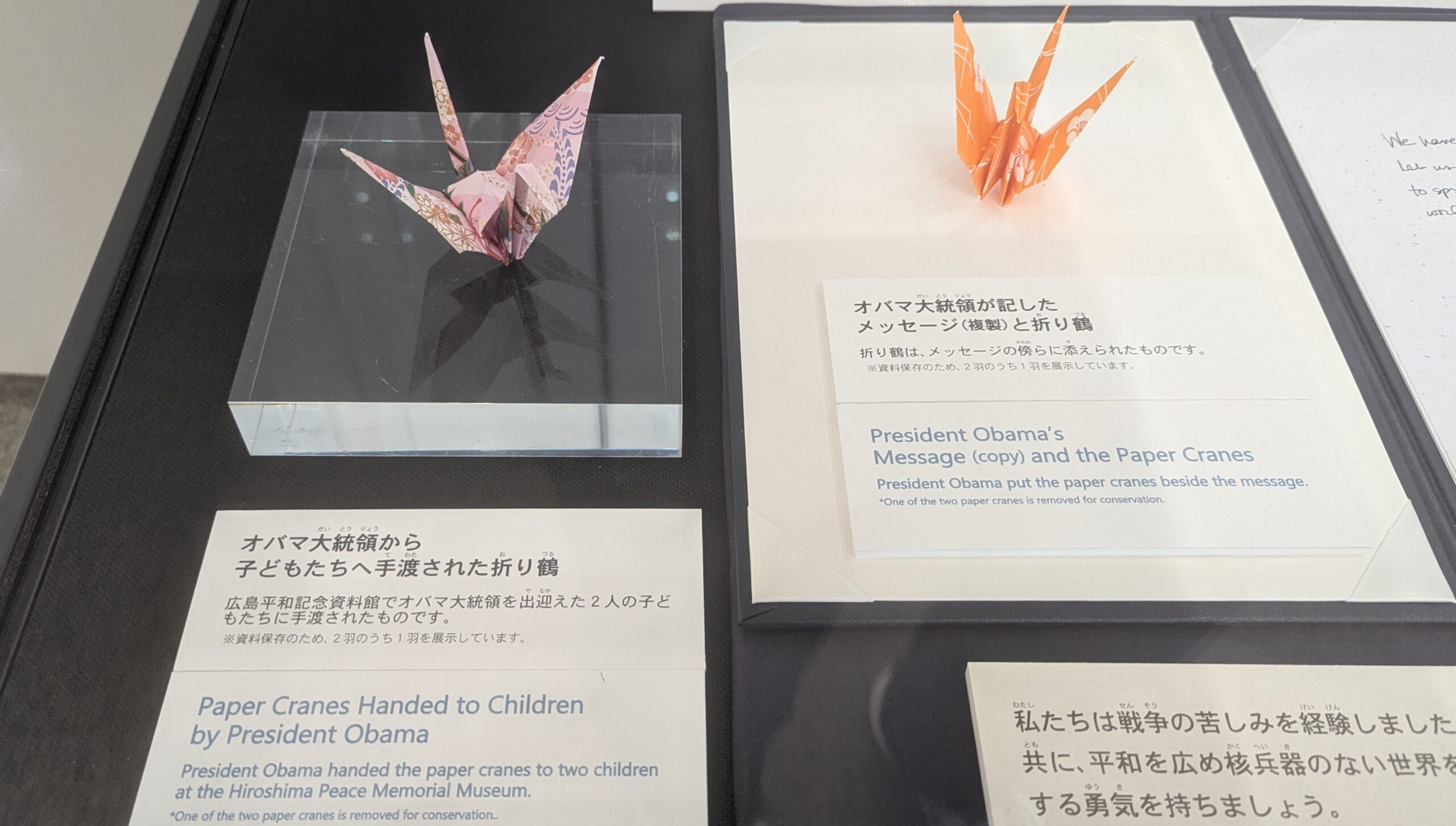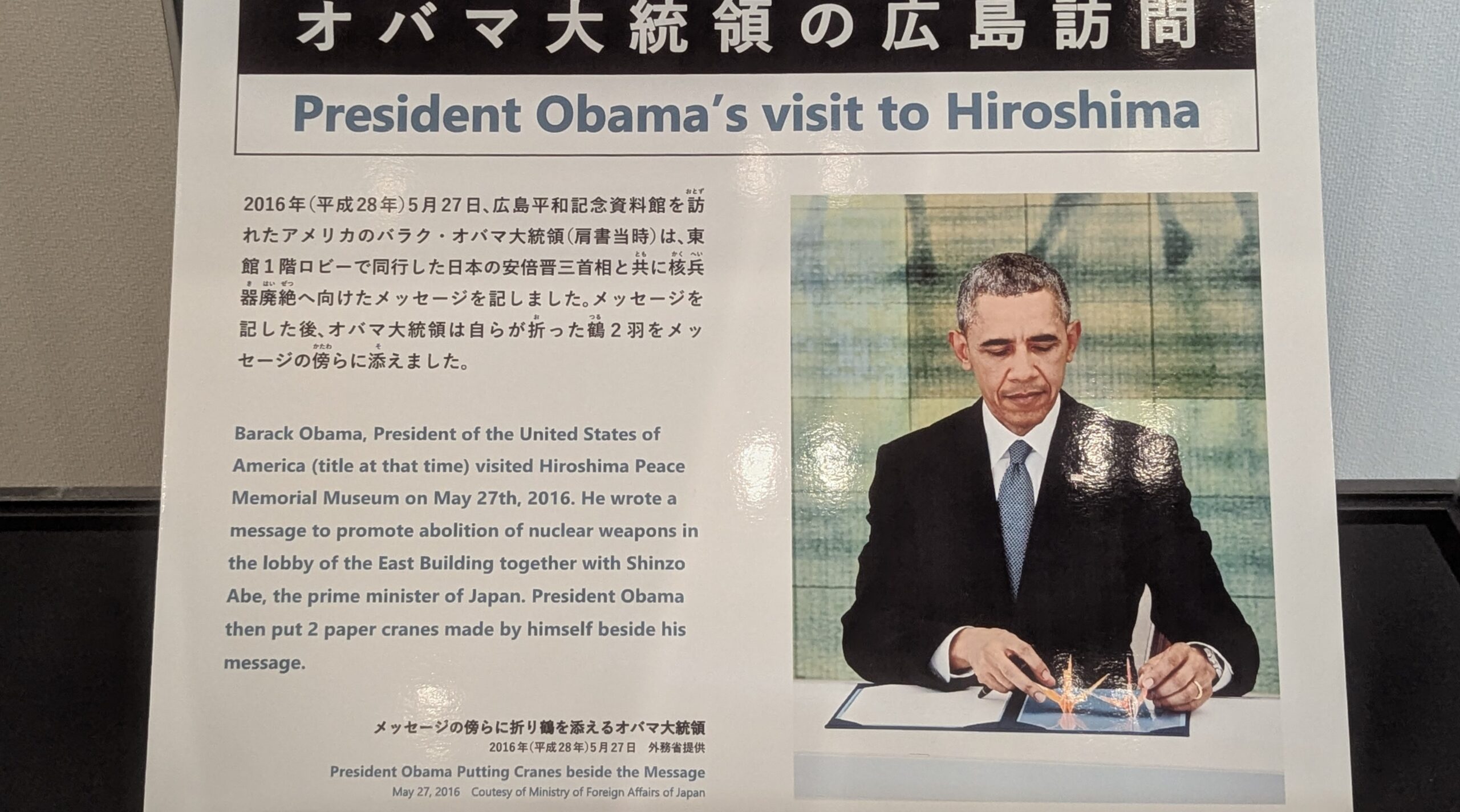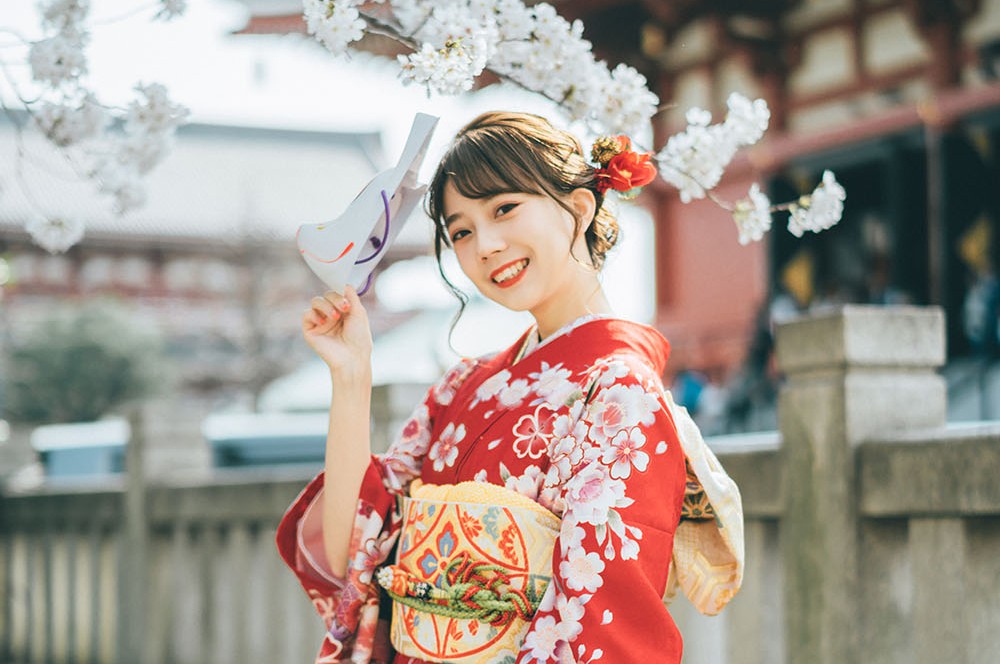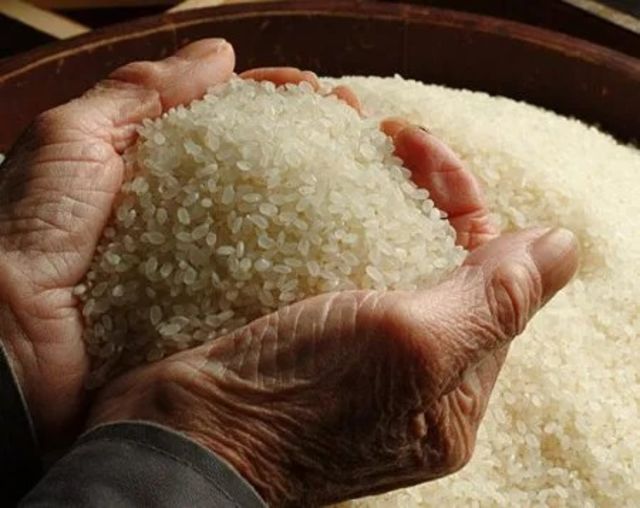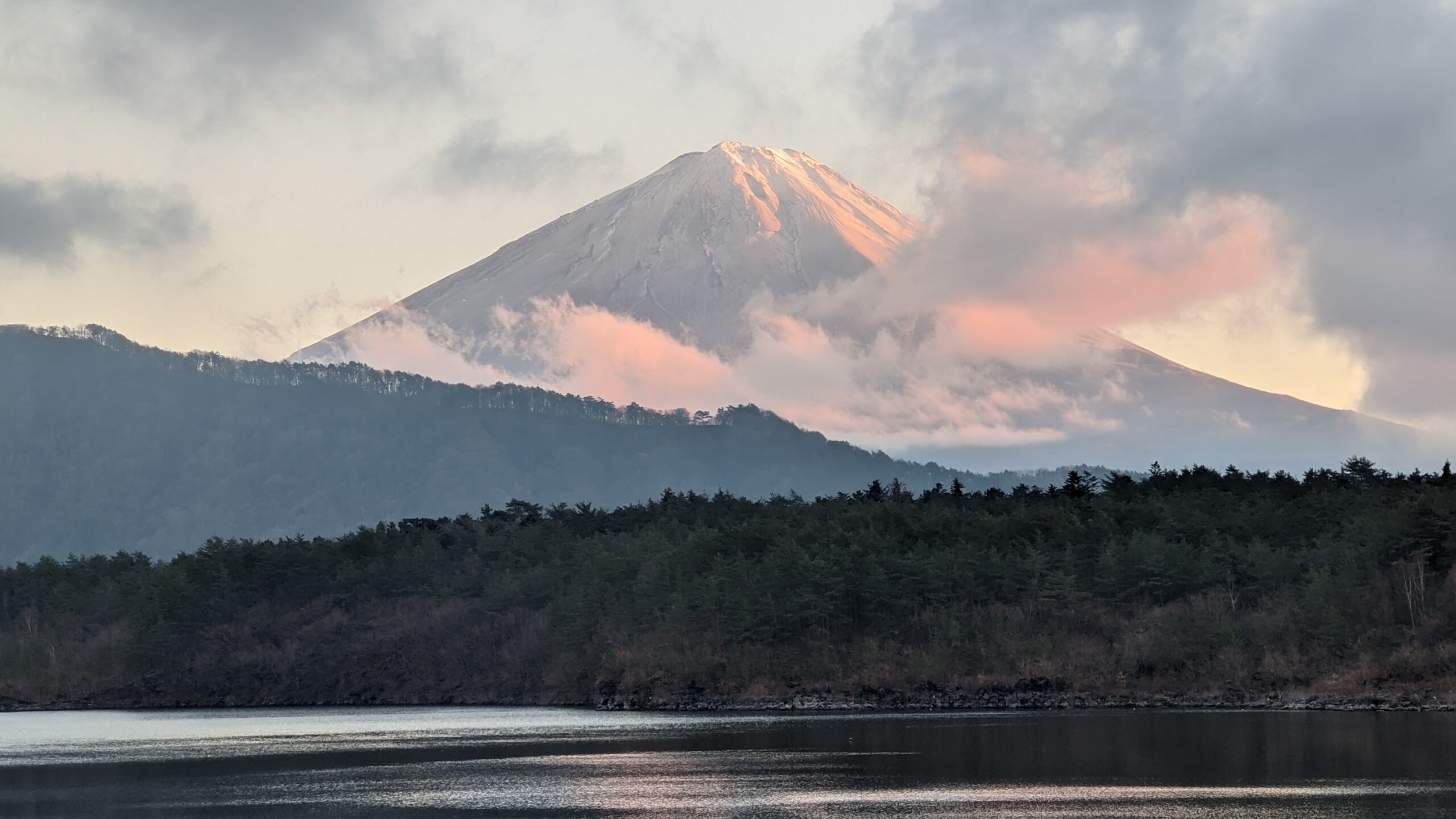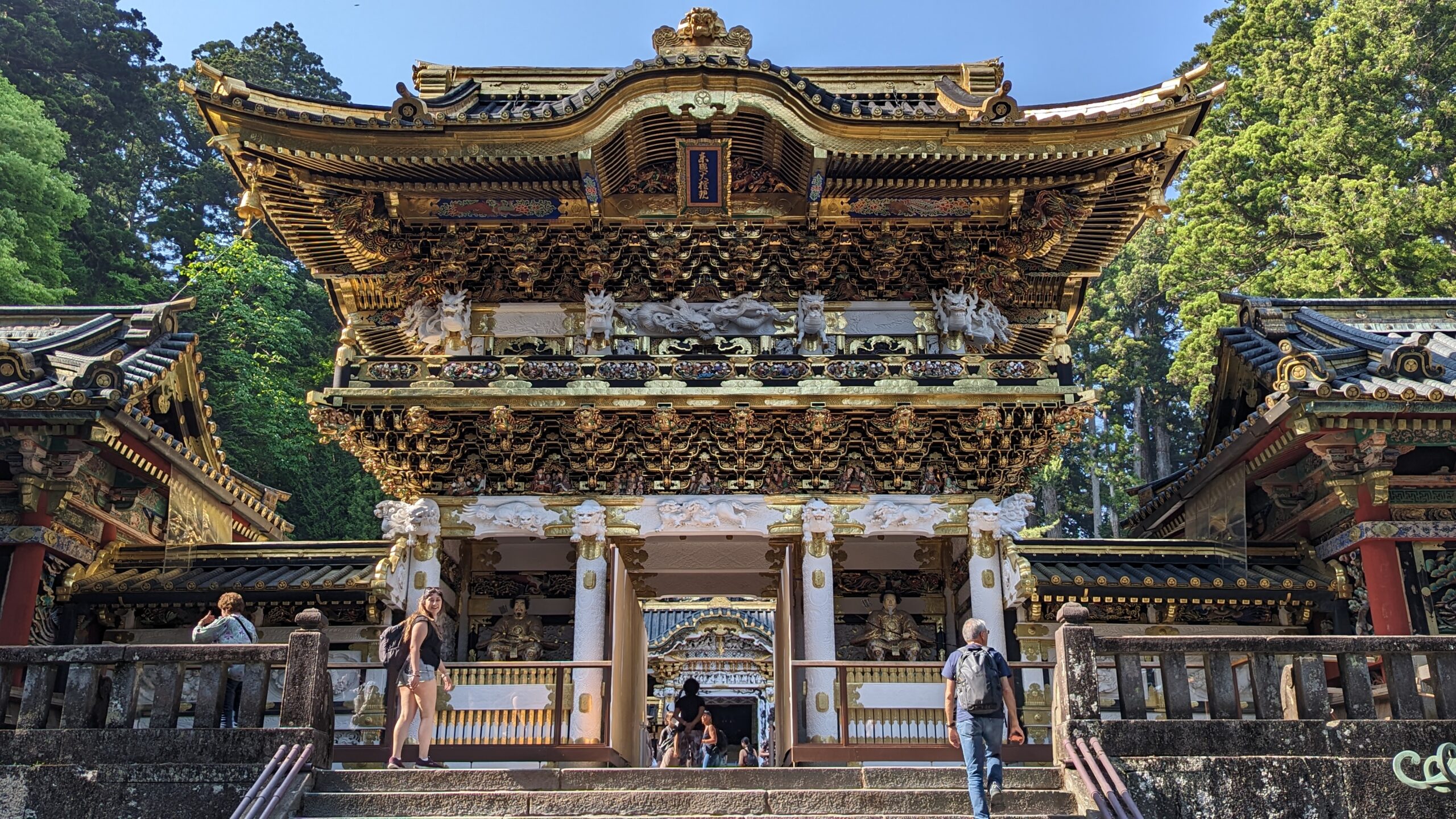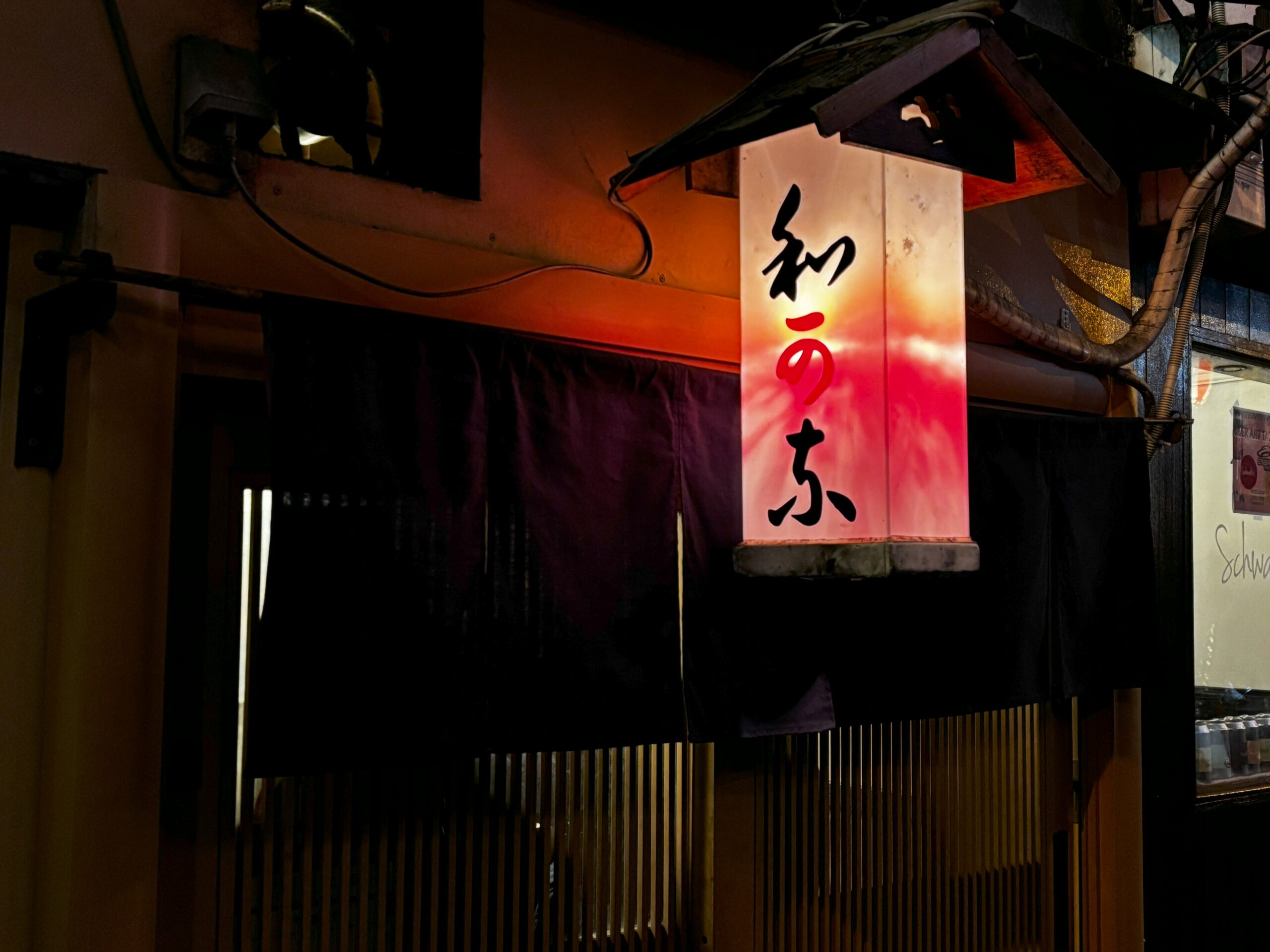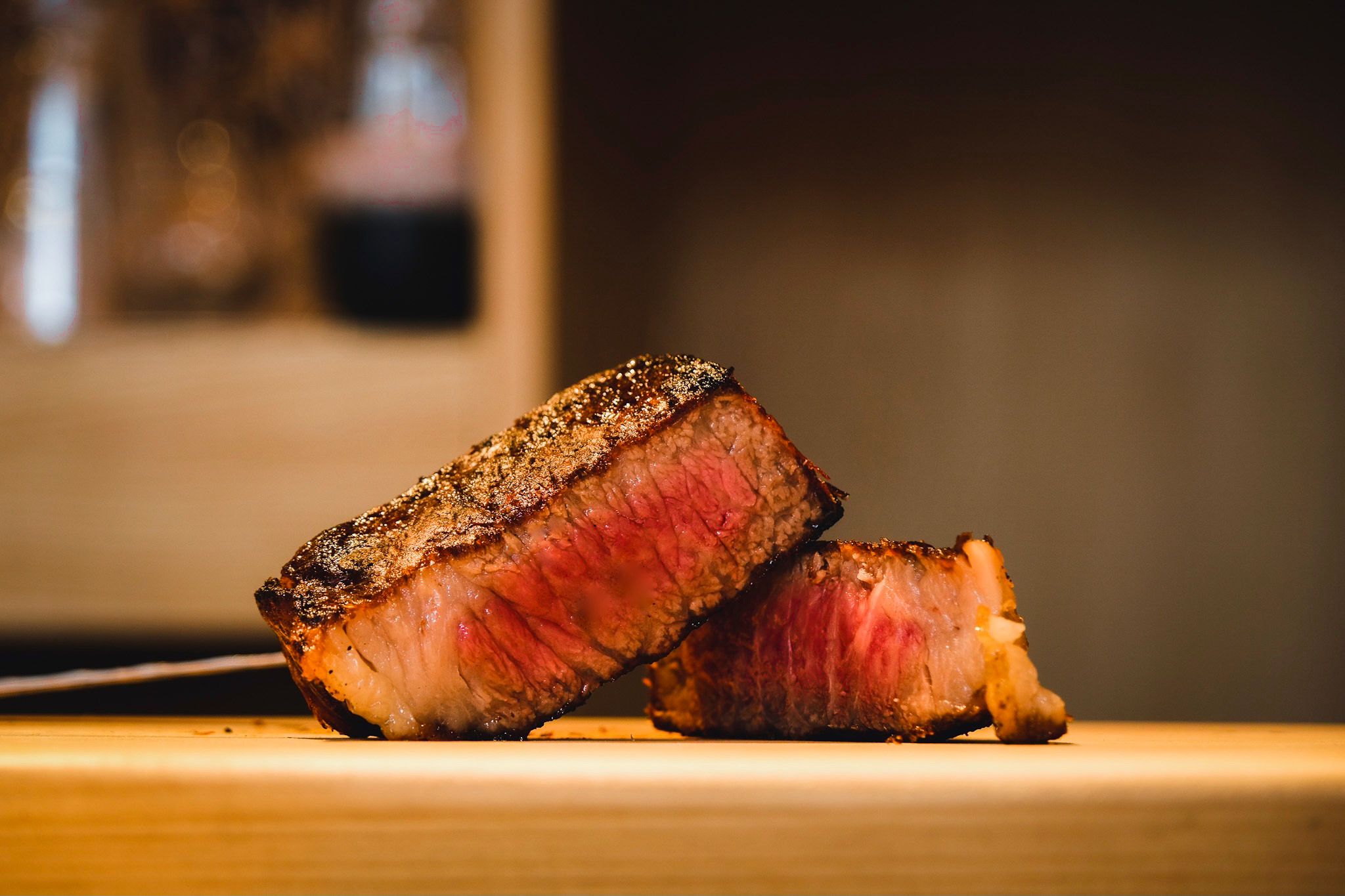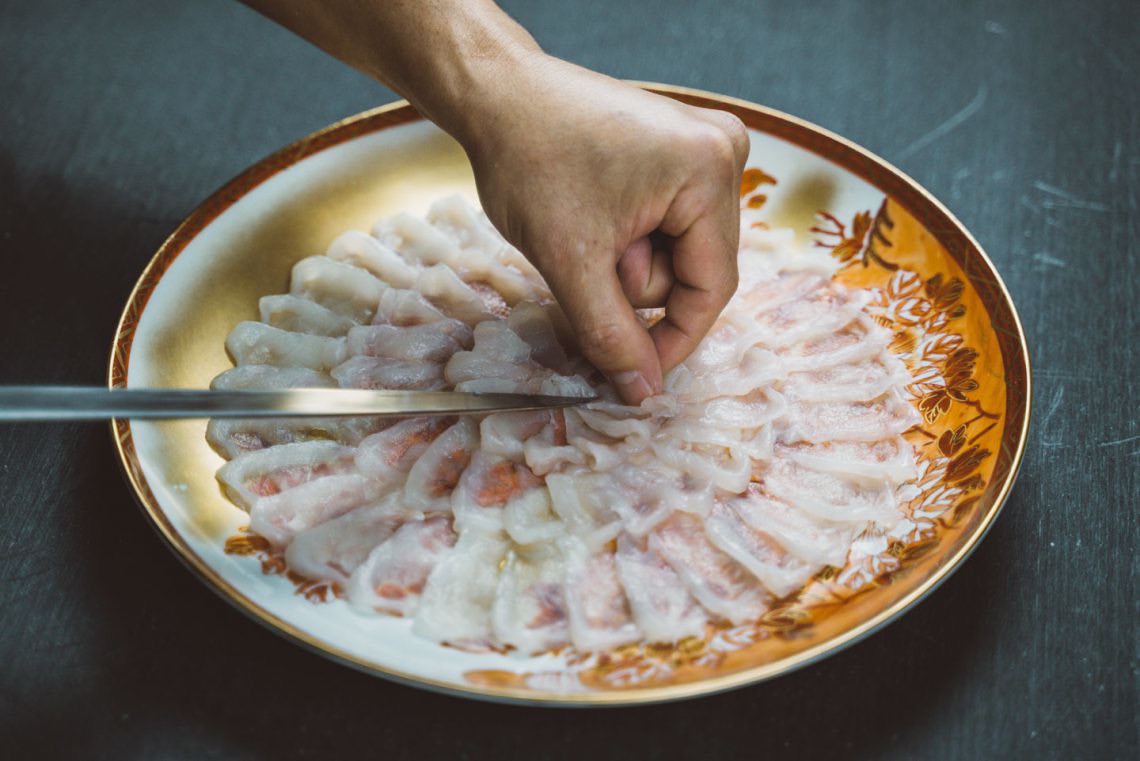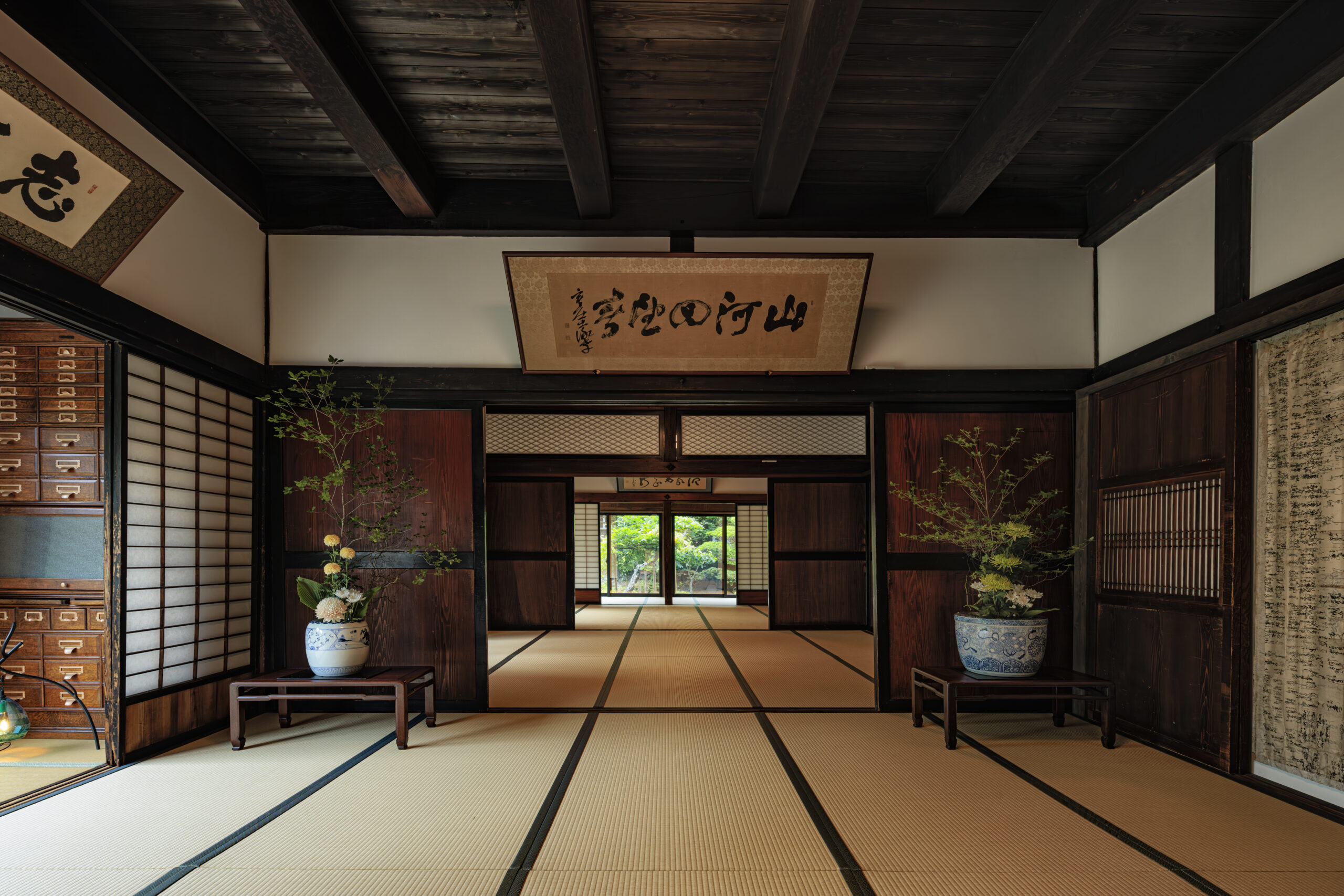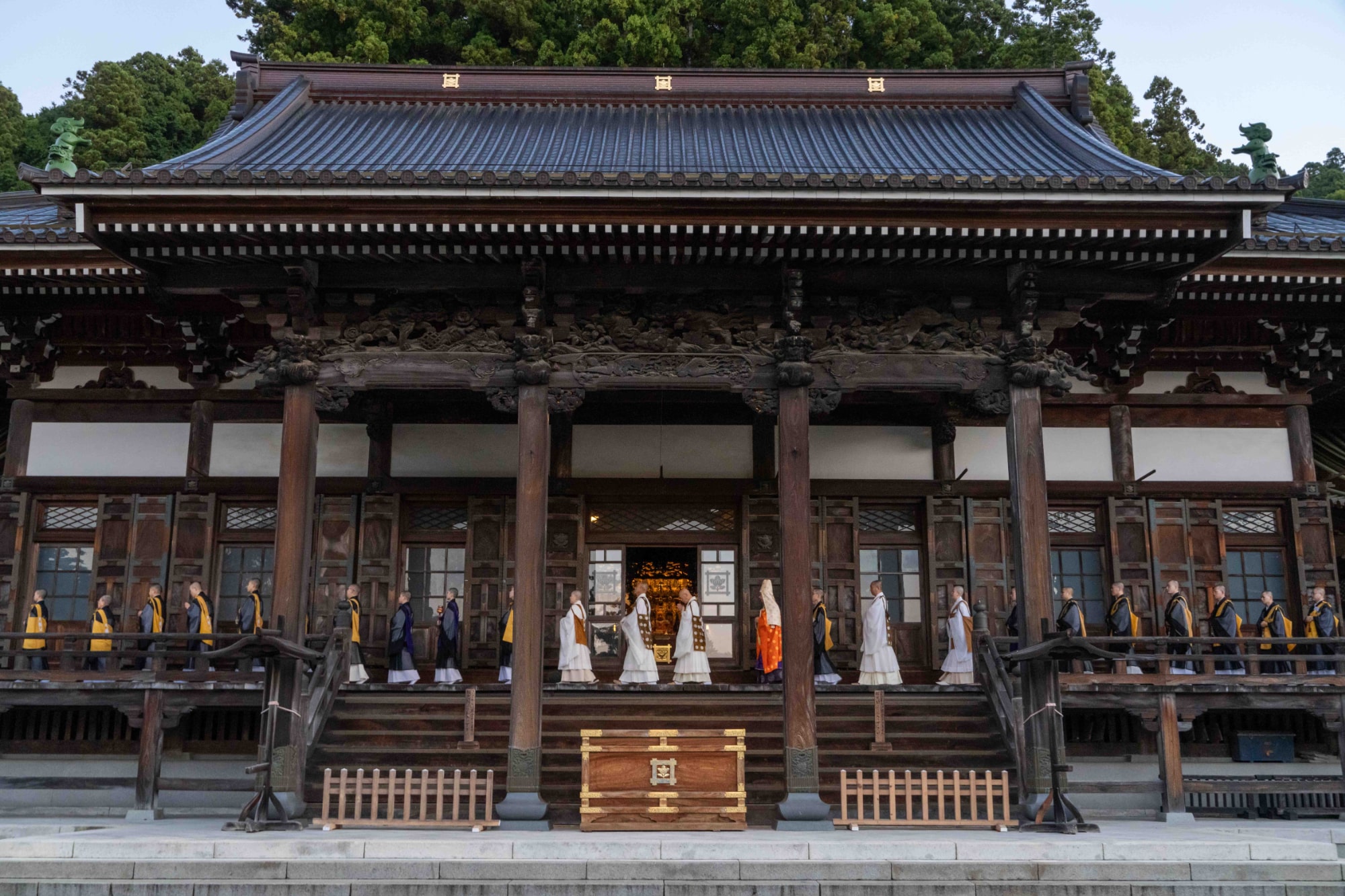Hiroshima, where the history and spirituality intertwine against the backdrop of Japan’s natural beauty.
On Miyajima Island, you can smell the sea and hear the tide while walking across the floating Itsukushima Shrine. As you walk through the shrine pavilions, which still retain their original medieval architecture, it’s as if you’ve stepped back in time.
In Hiroshima, many people are deeply shocked when they visit Hiroshima’s Atomic Bomb Dome and Peace Memorial Museum, learn about its tragic past. We hope this inspires people to recognize the importance of working for a peaceful future, not dwelling on hatred of the past.
At the time, it was predicted that no plants would grow in this land for at least 75 years, but the following year, green shoots began to appear from the ground. There are trees that were exposed and have survived vigorously, and still produce green leaves.
This enduring message from Japan, showing the beauty and strength of life and nature, is something we hope to share with future generations as we continue to pray for world peace.
